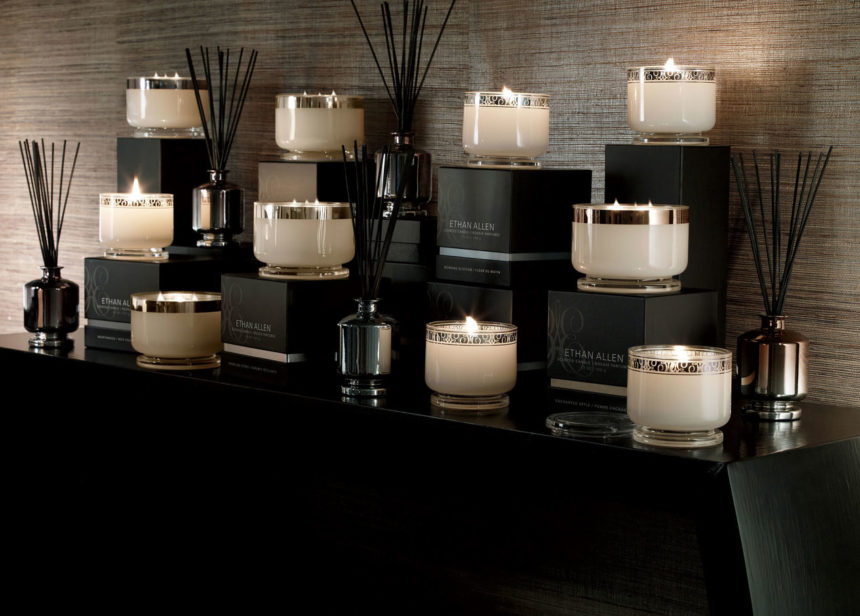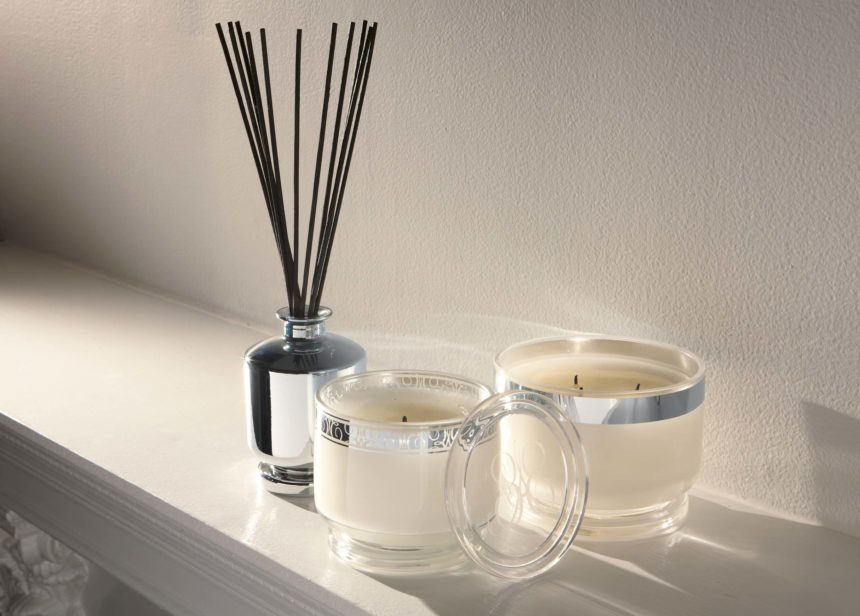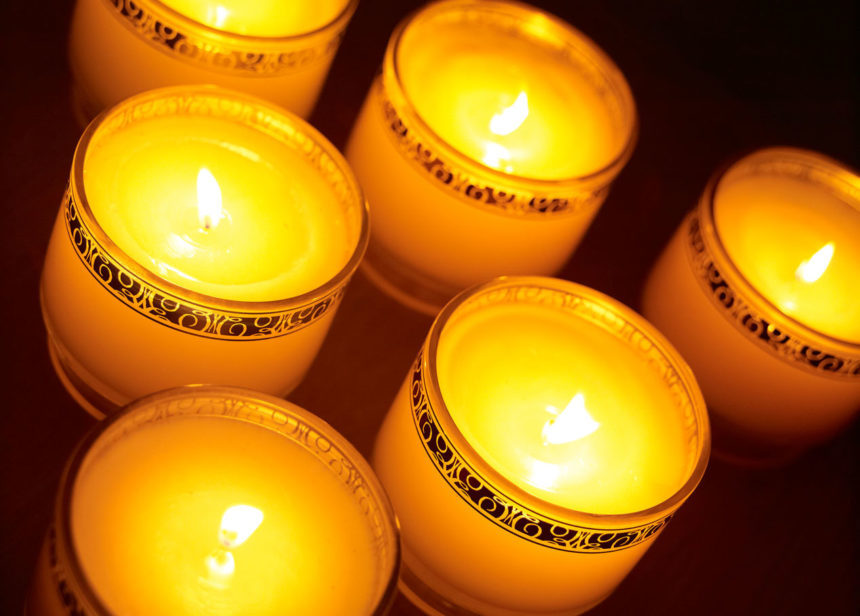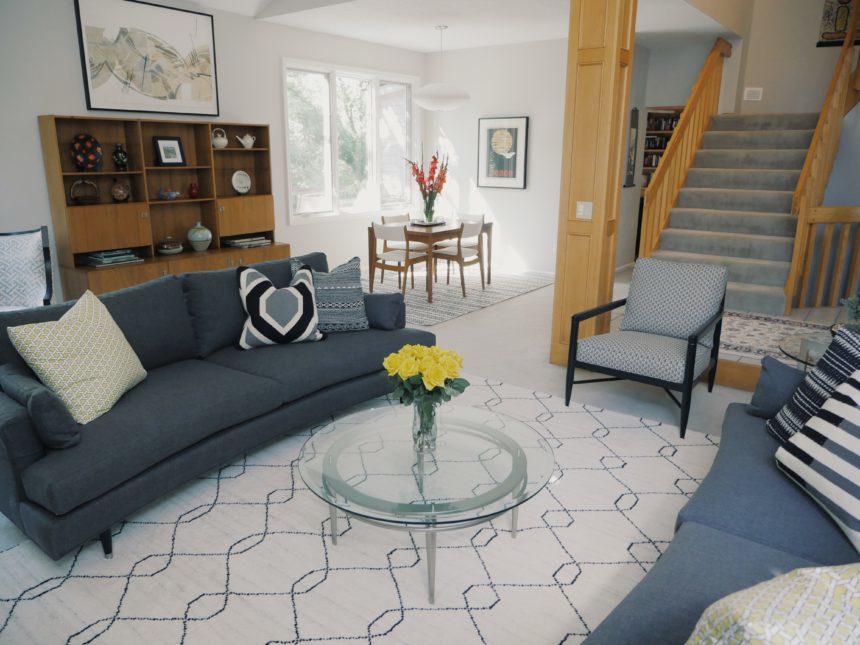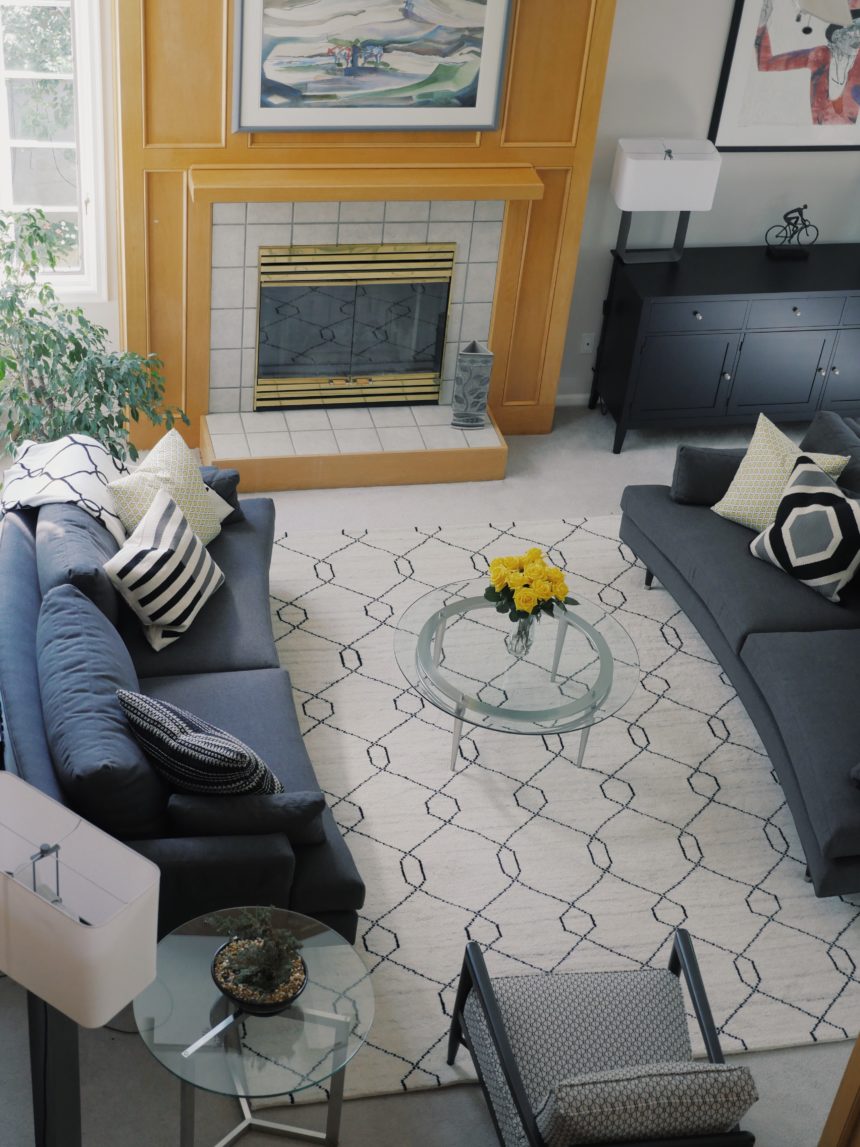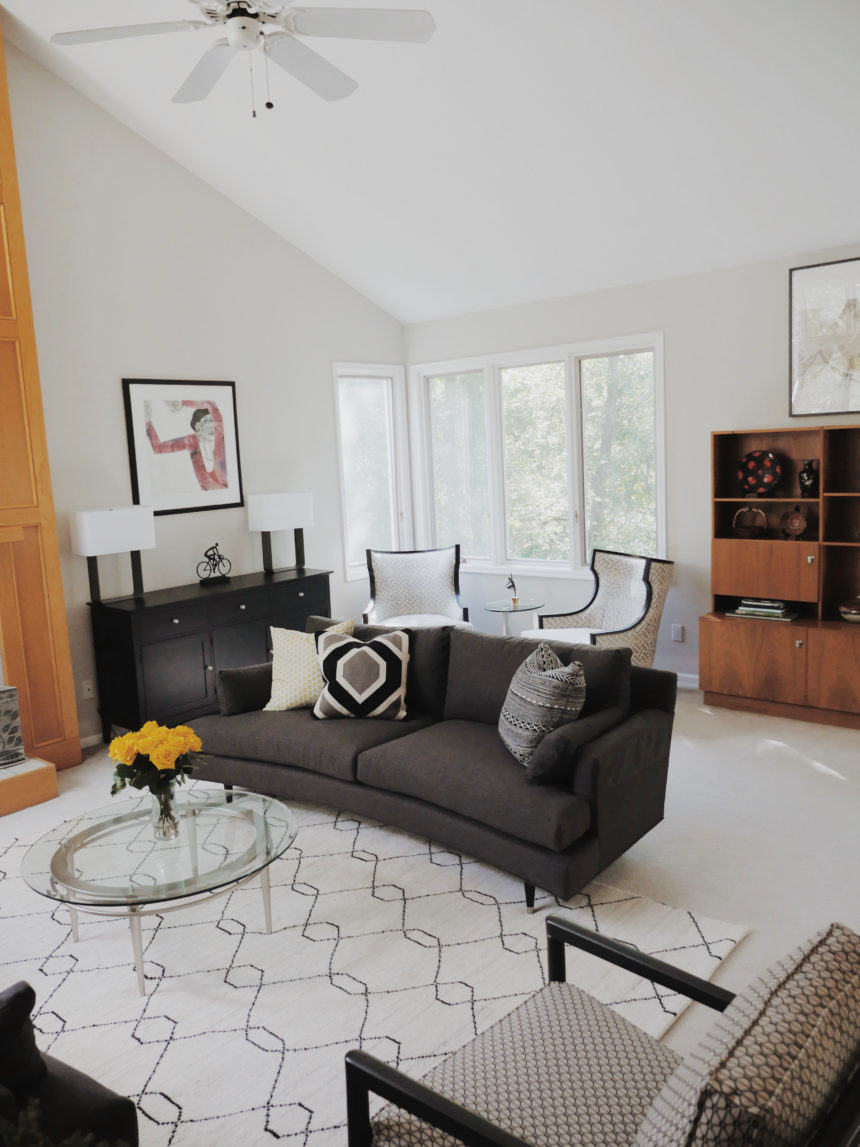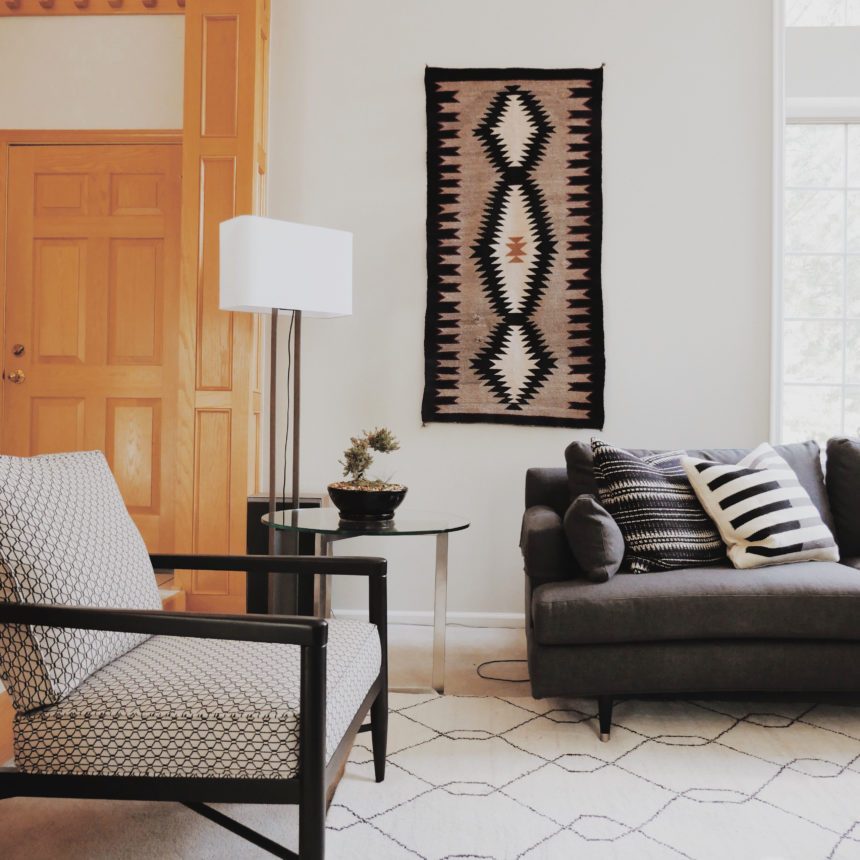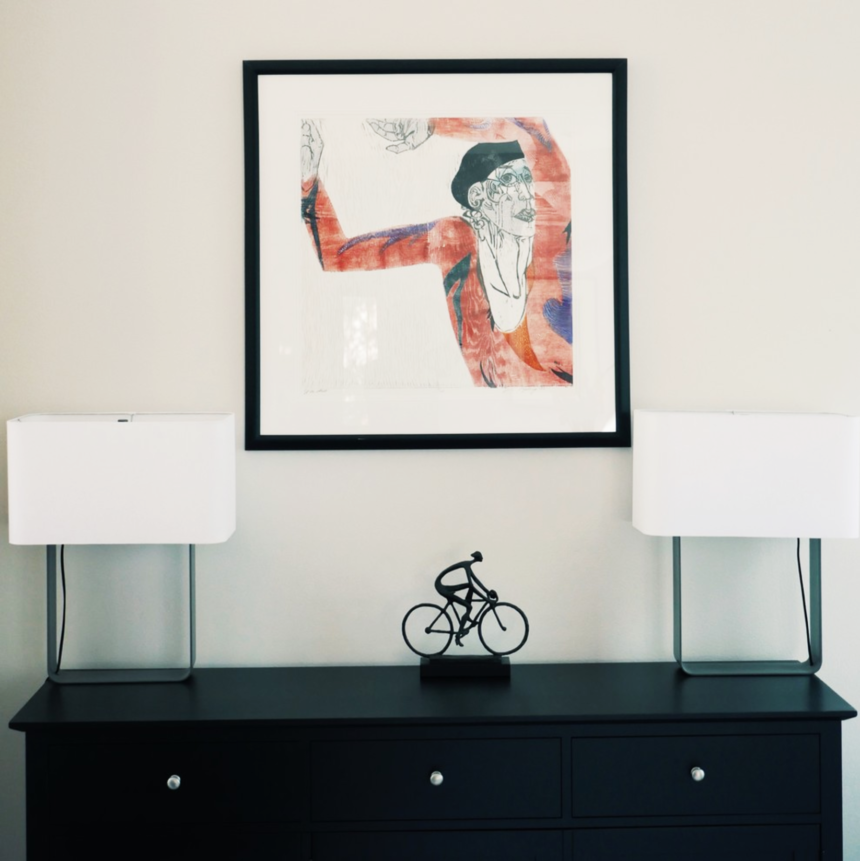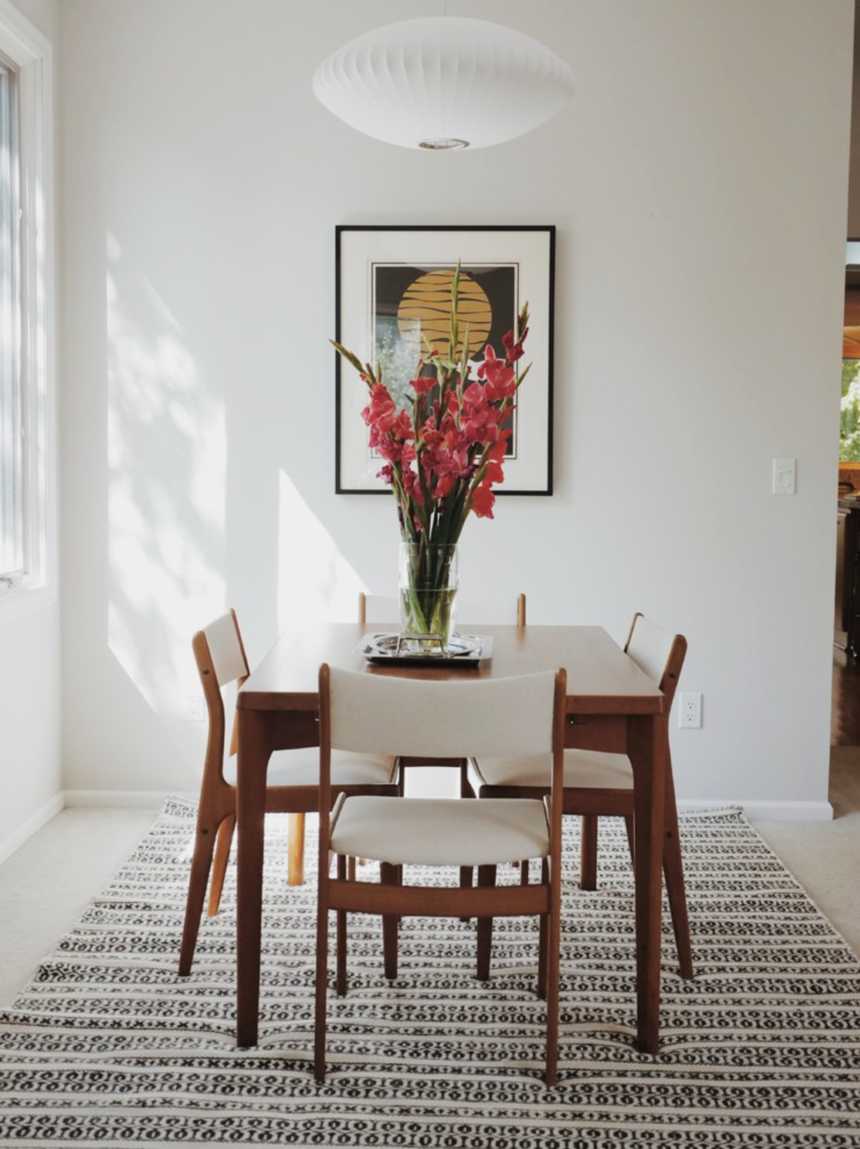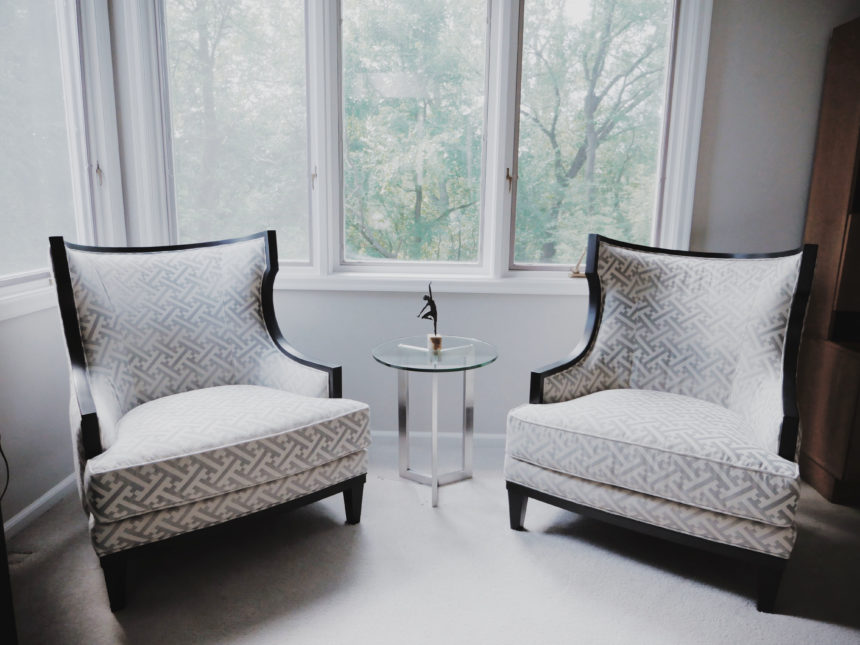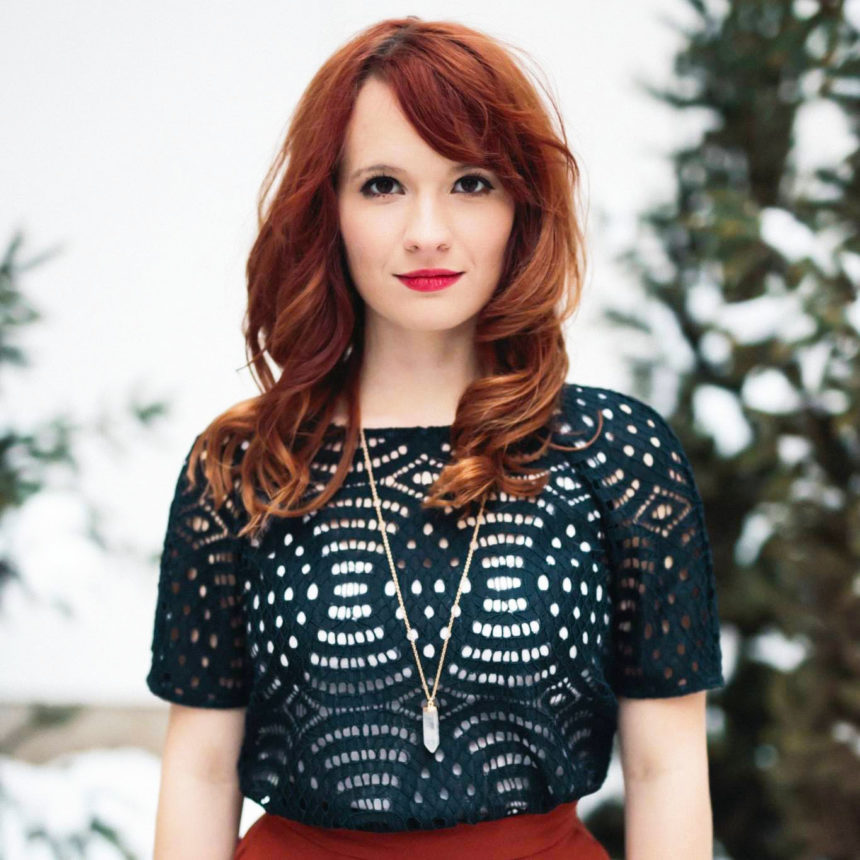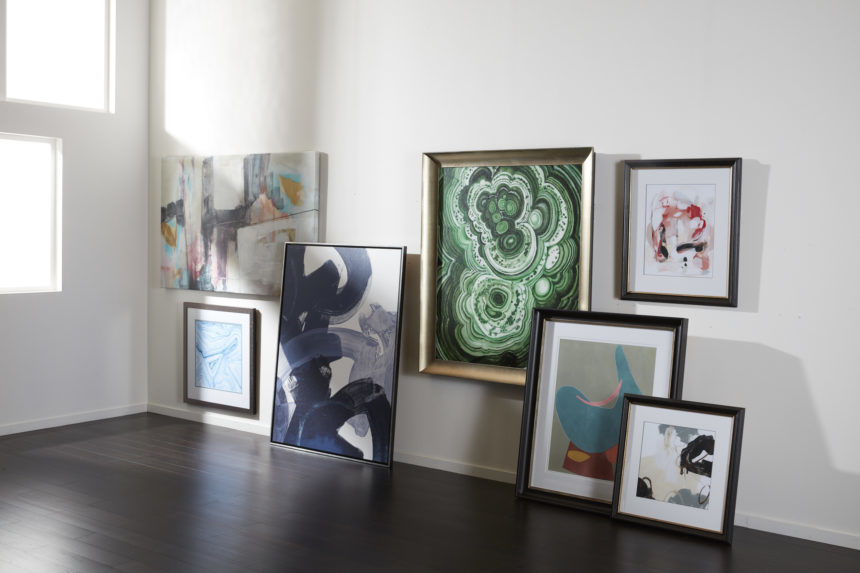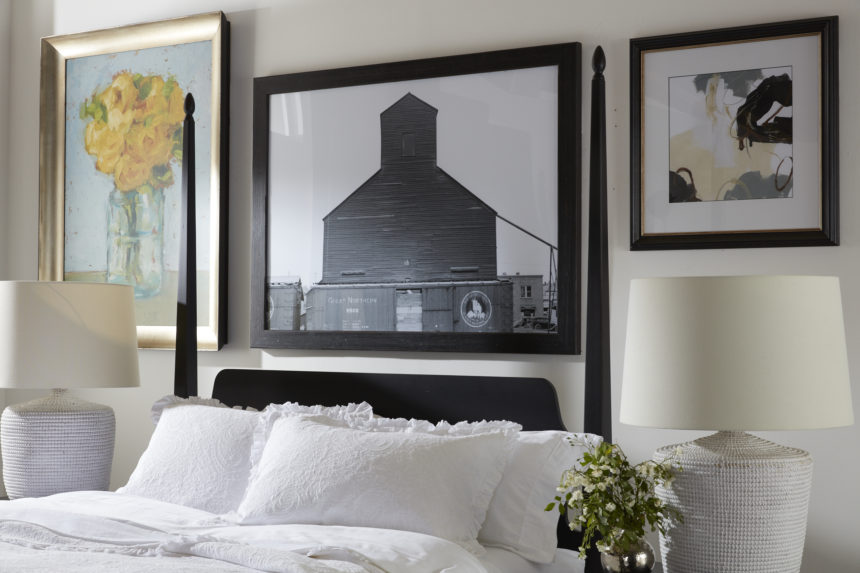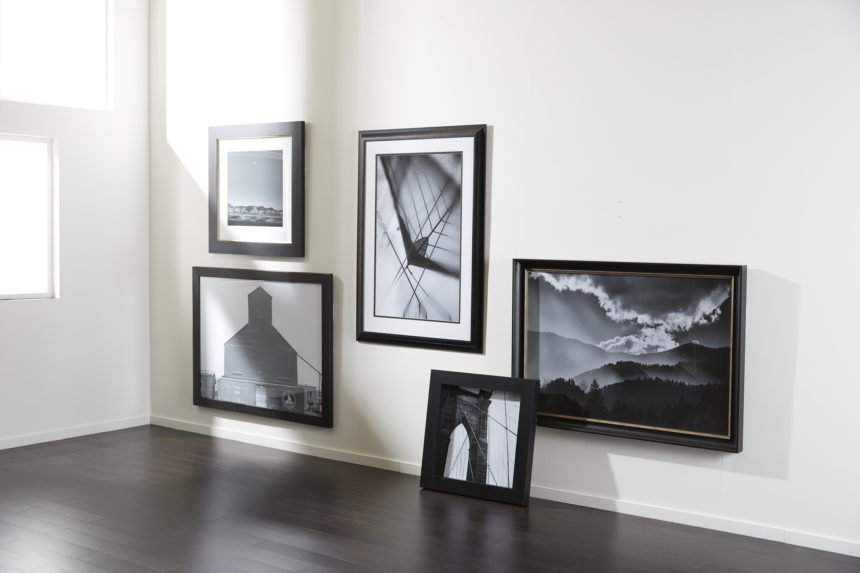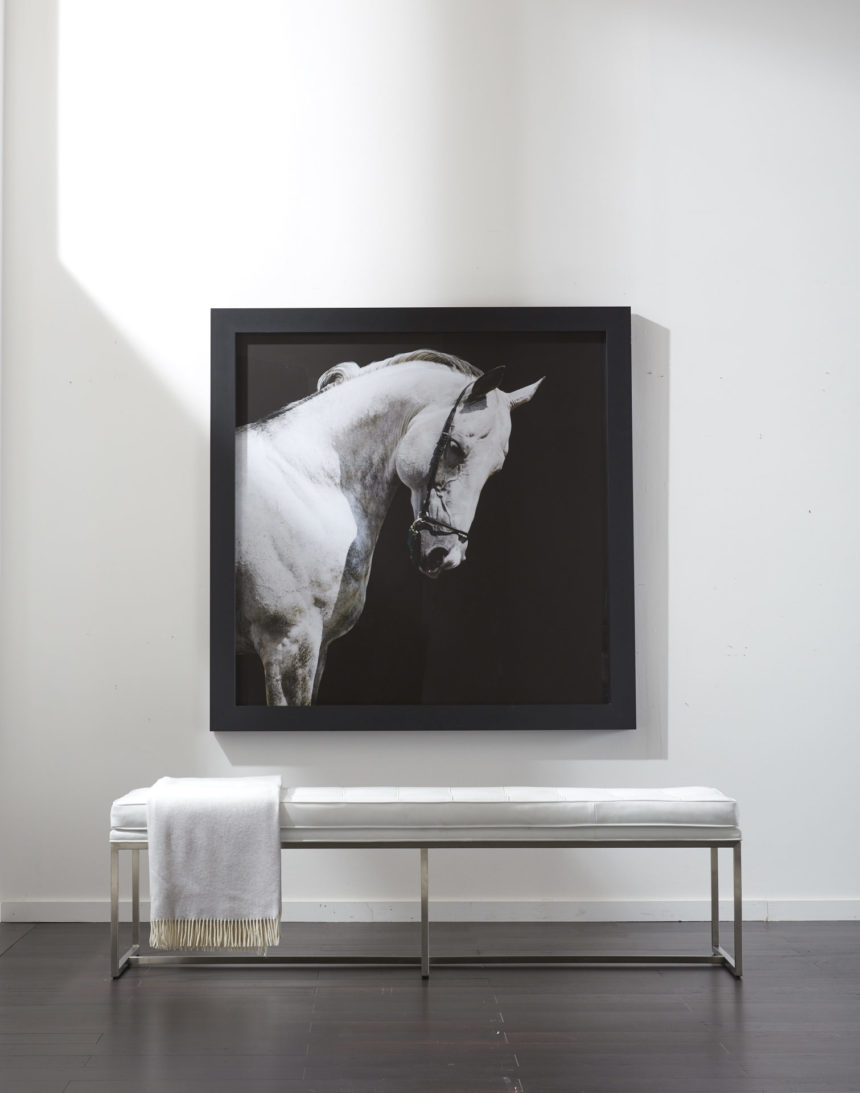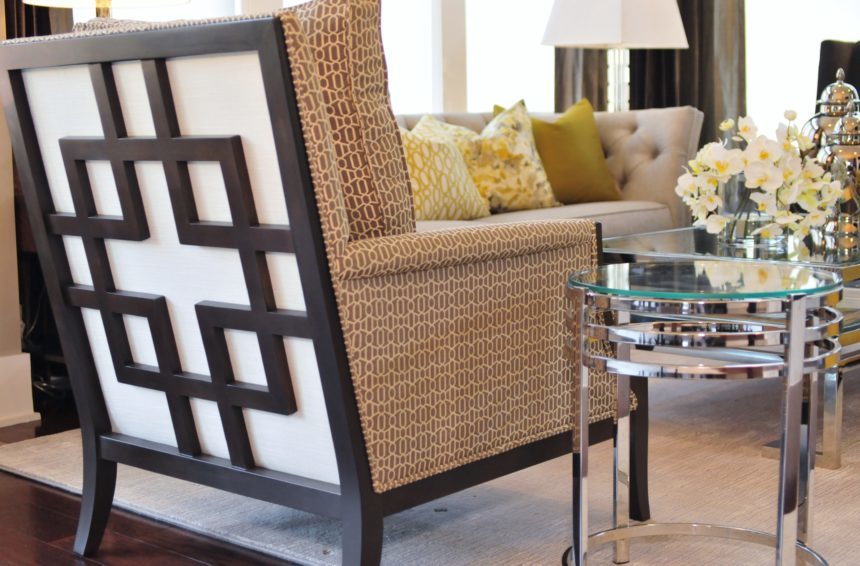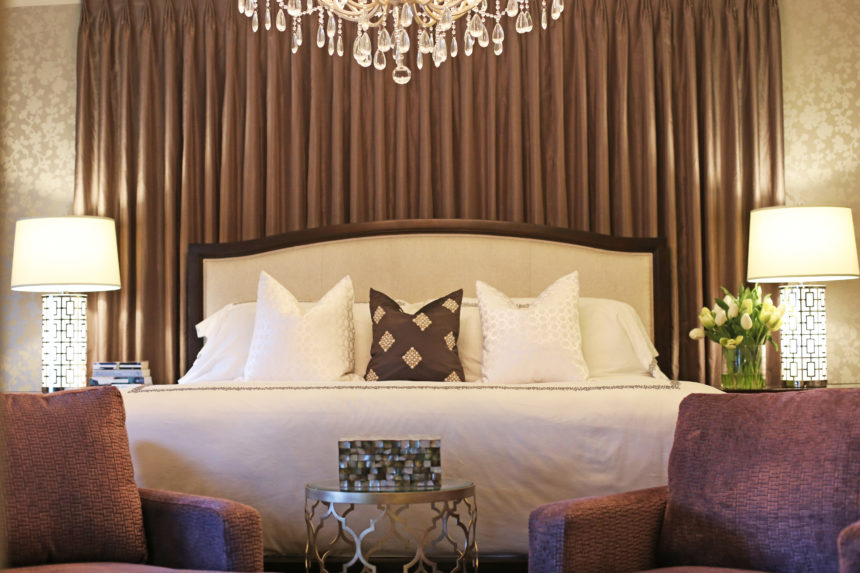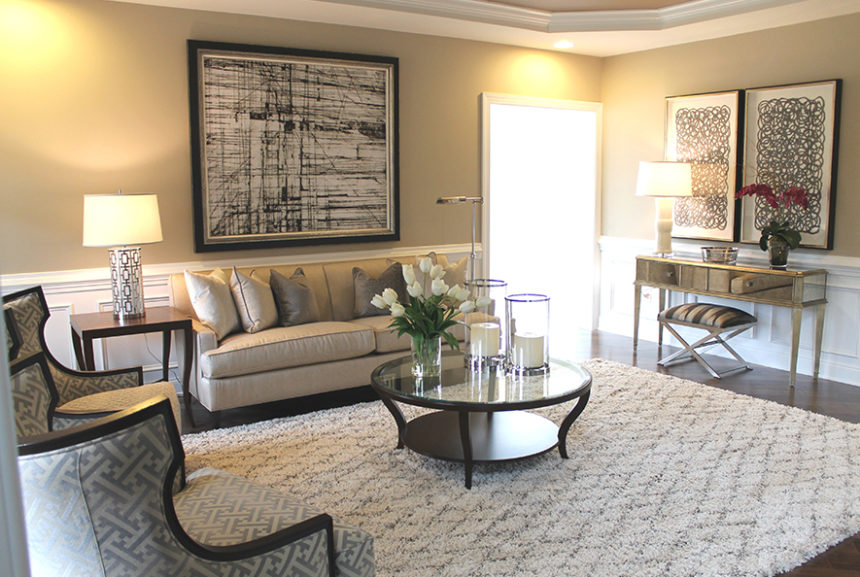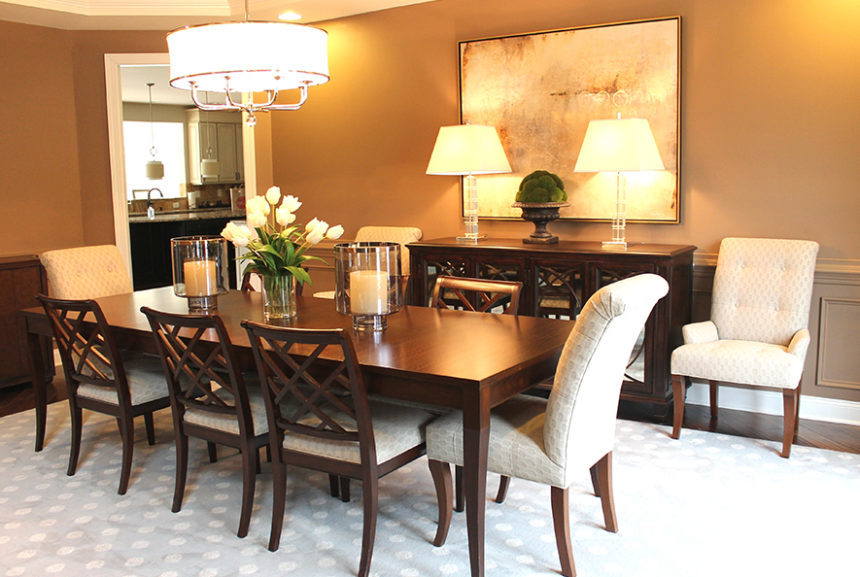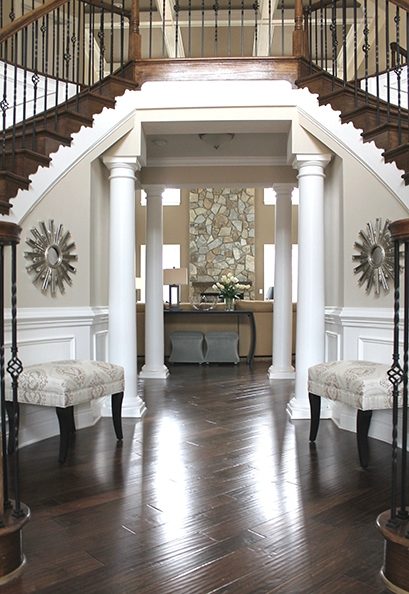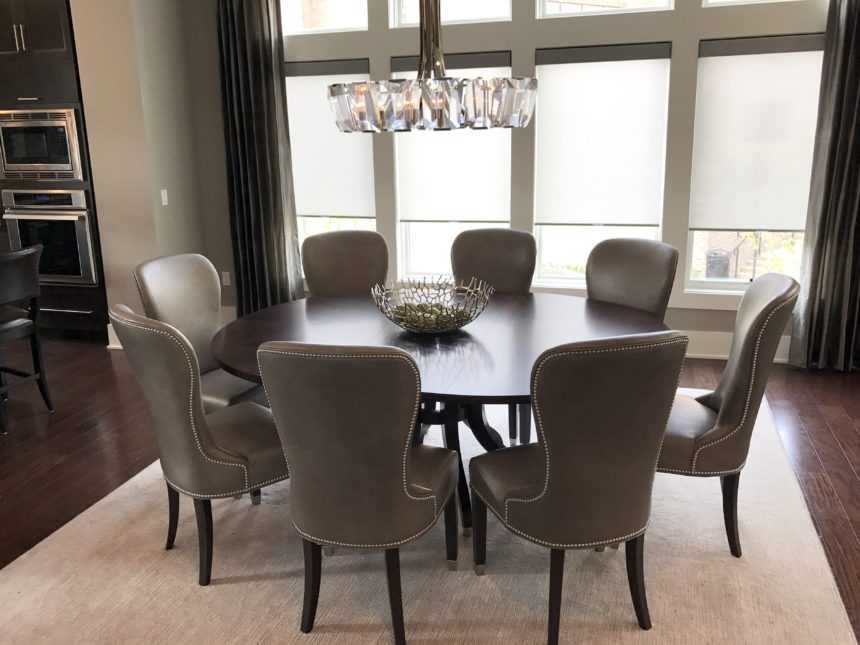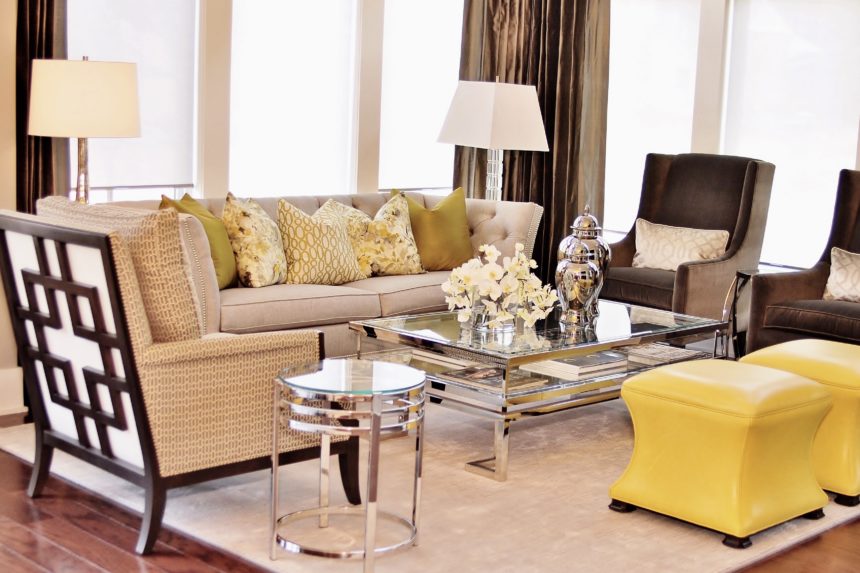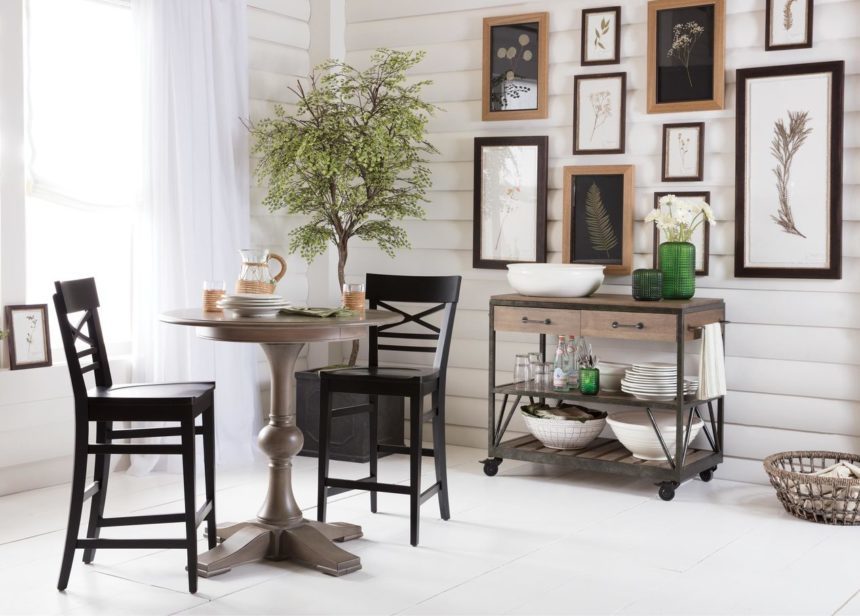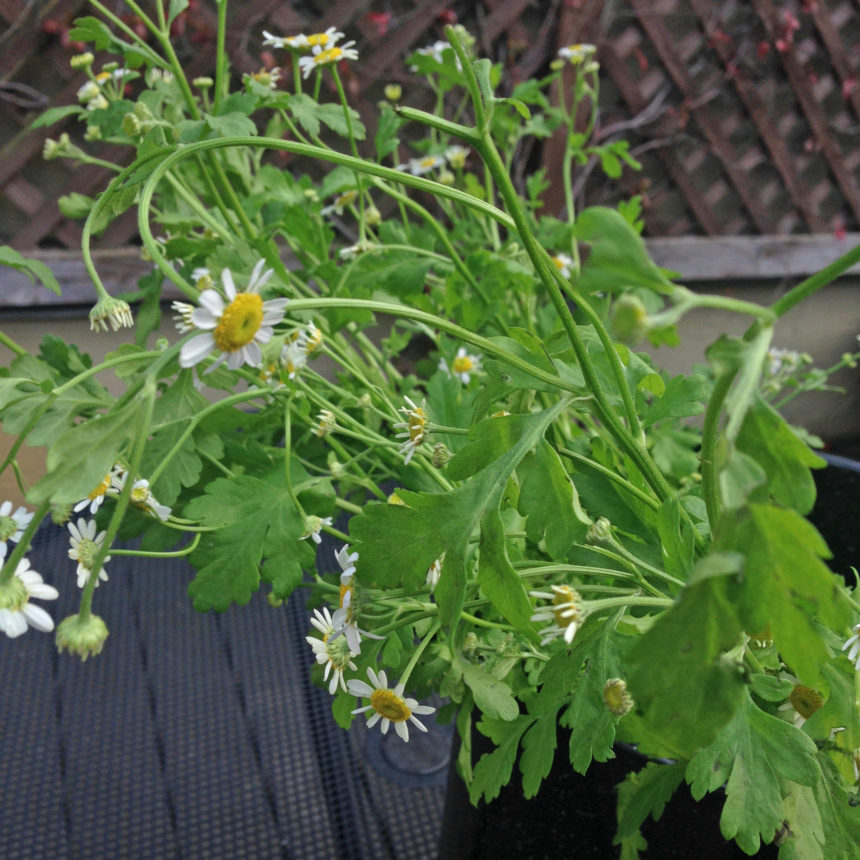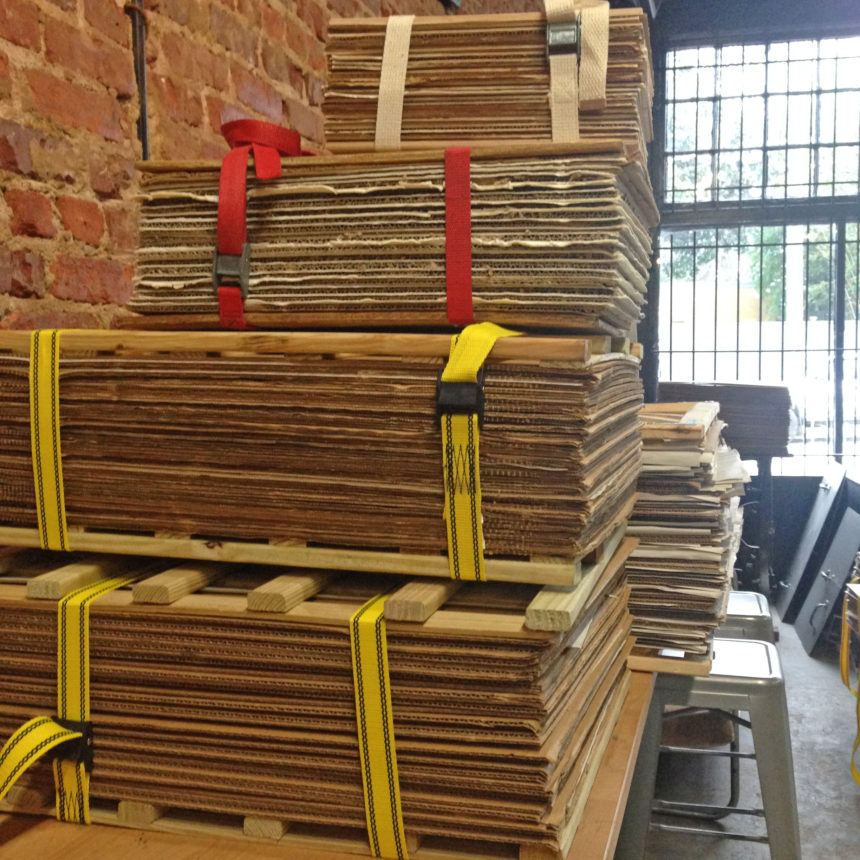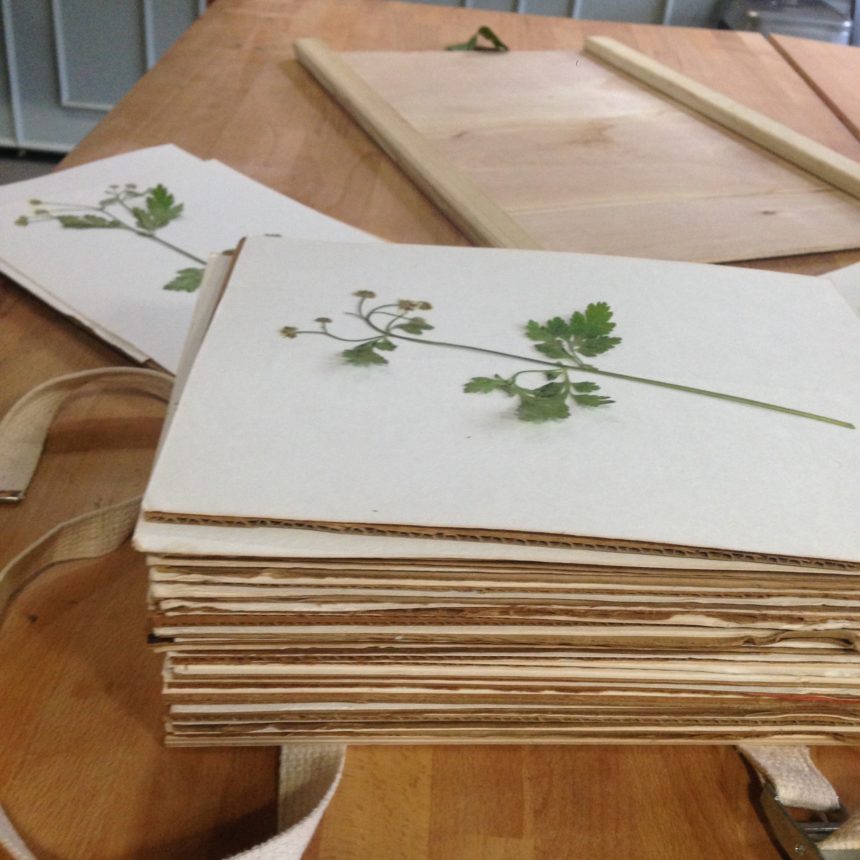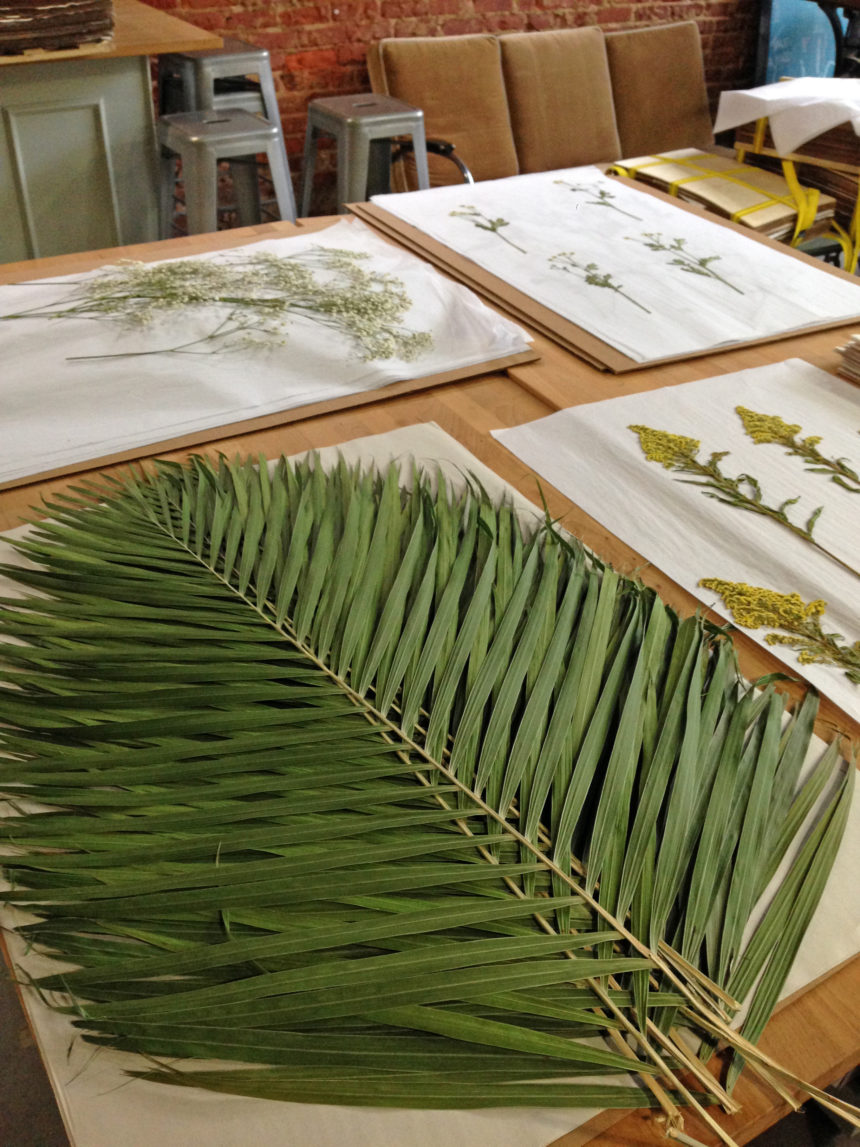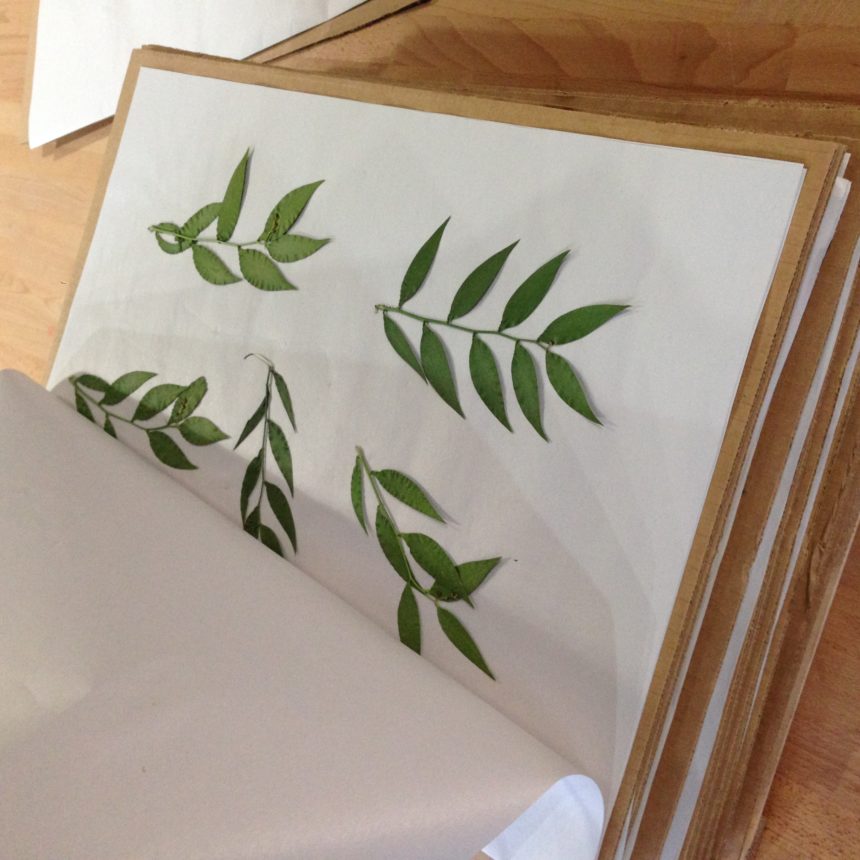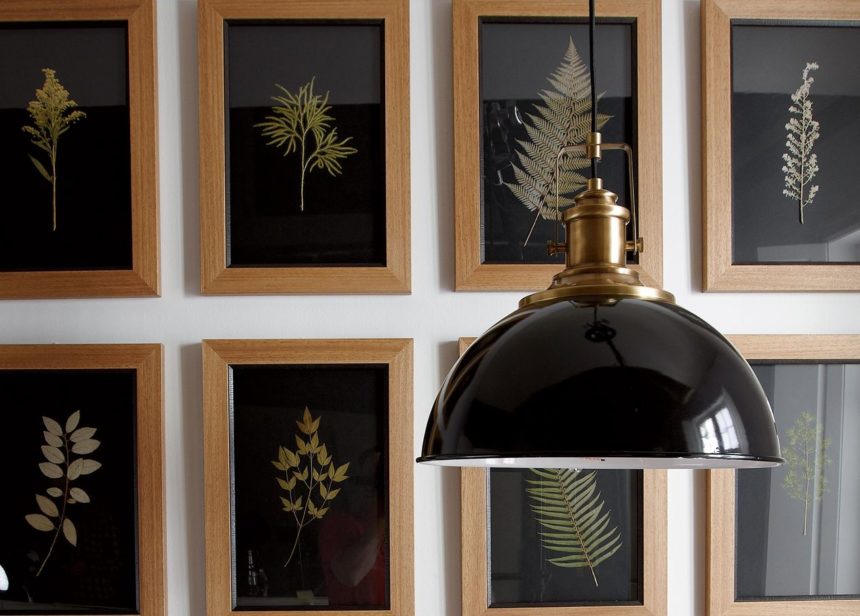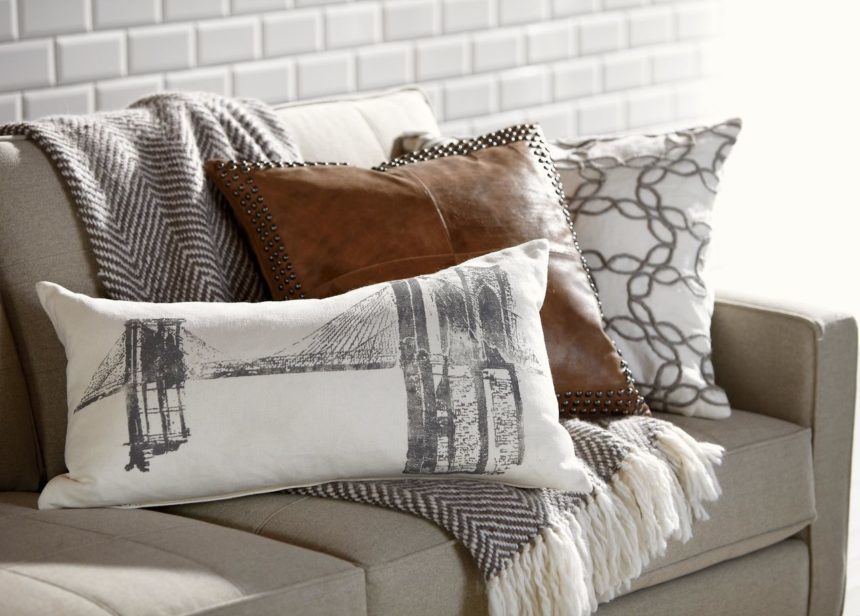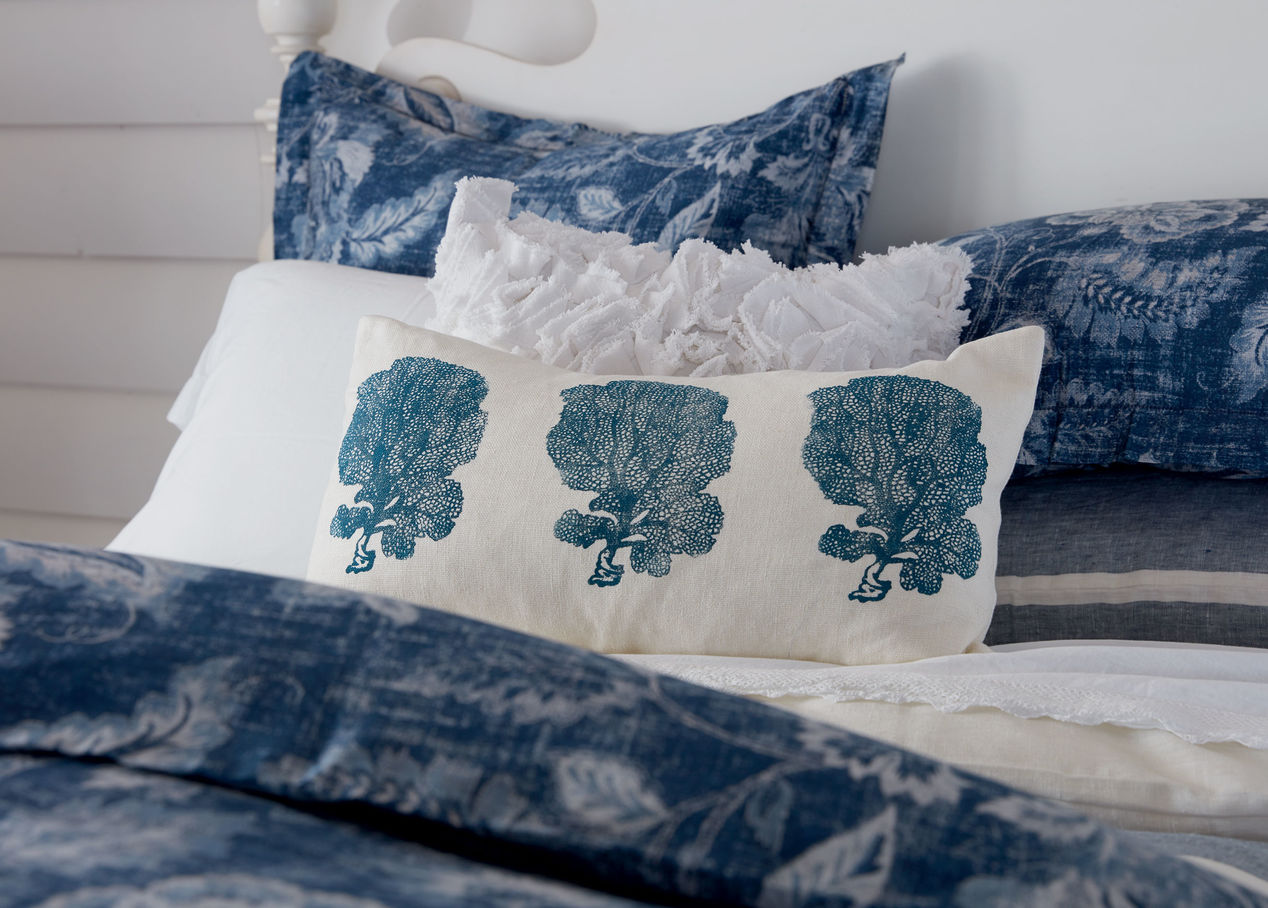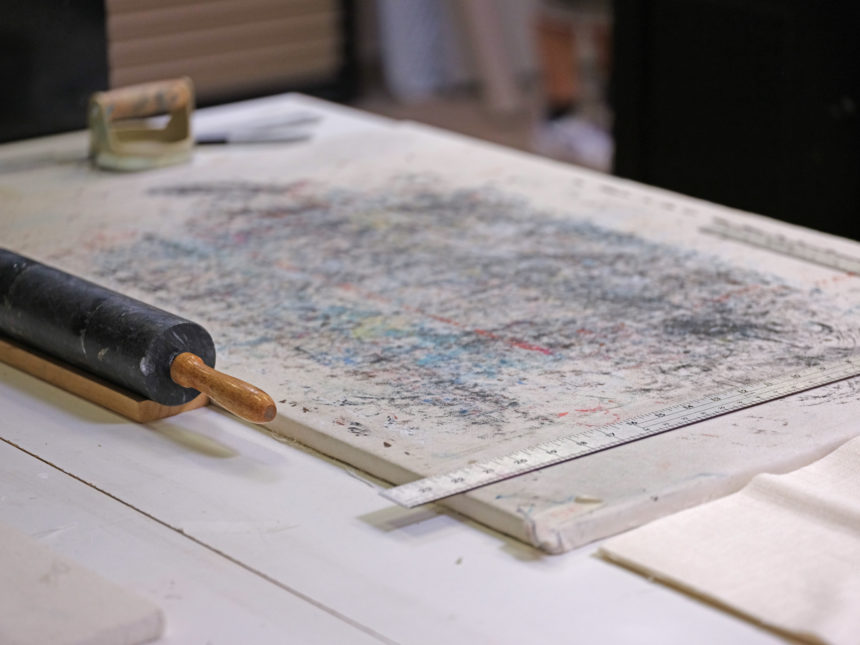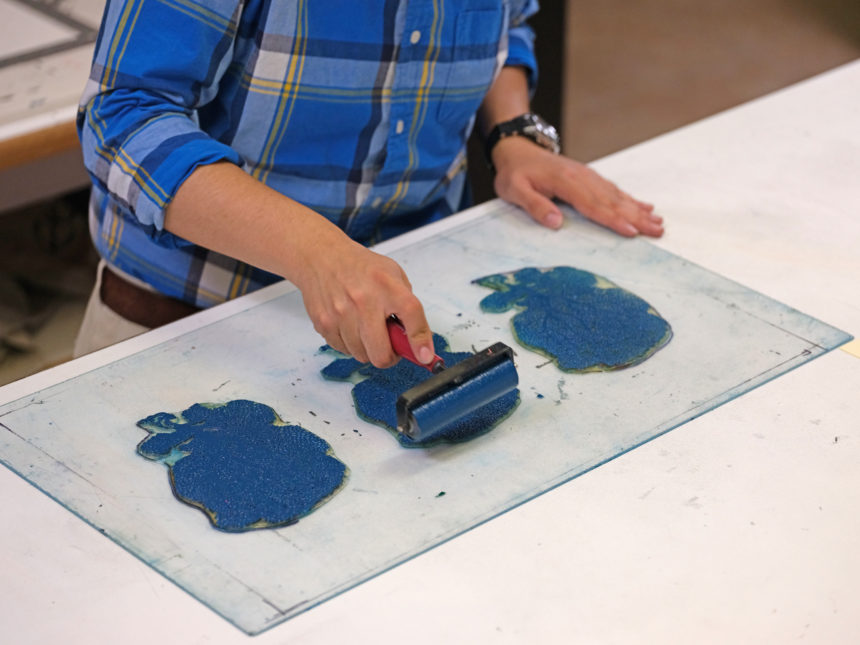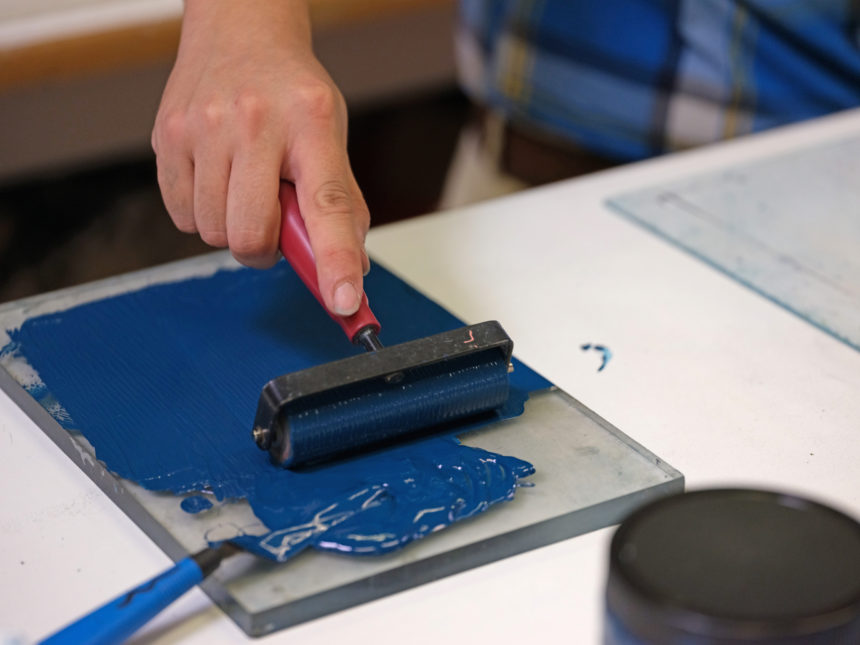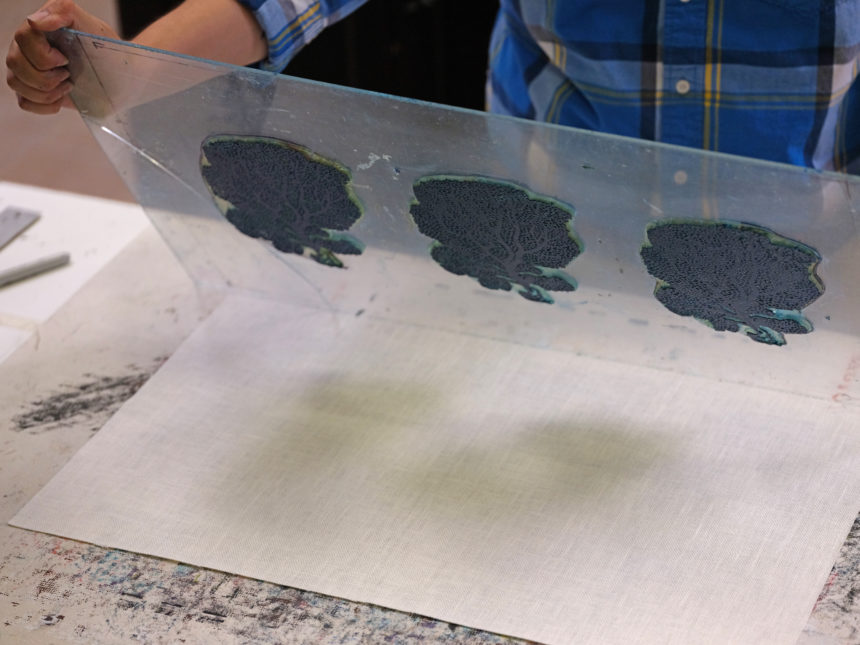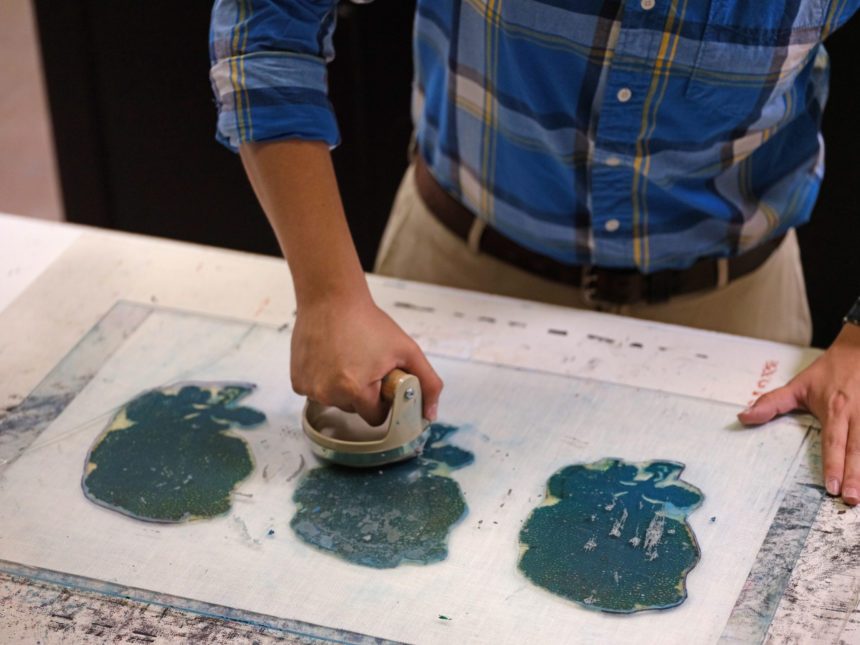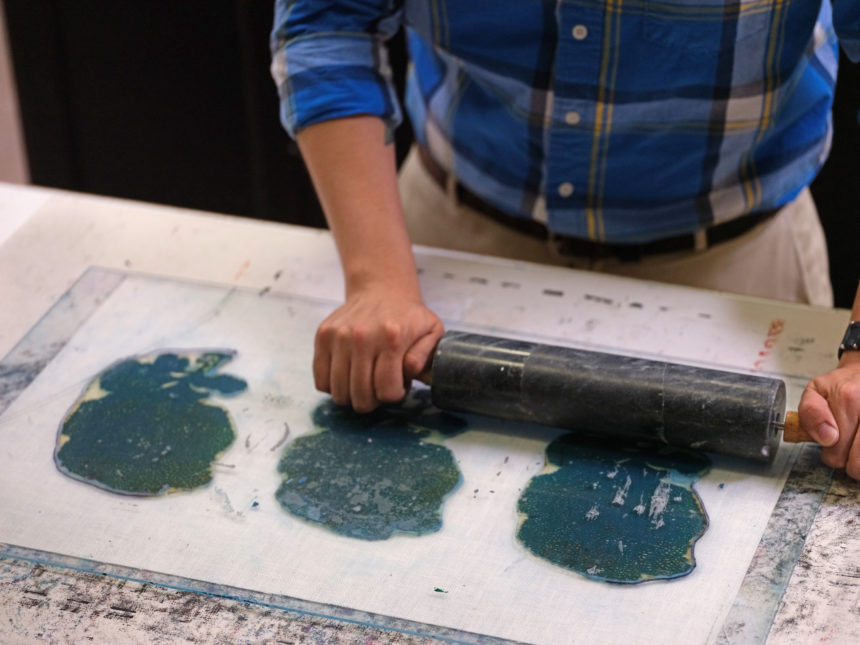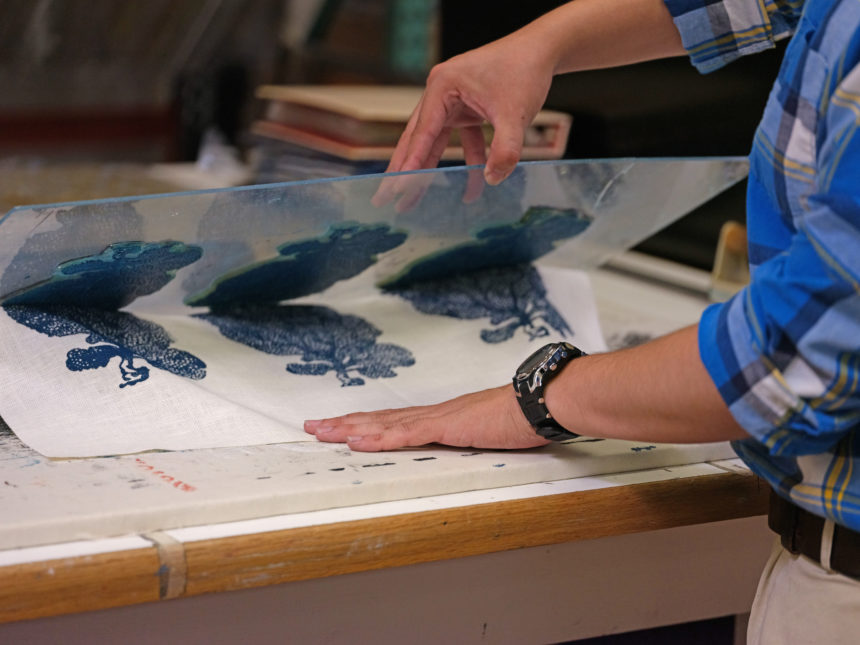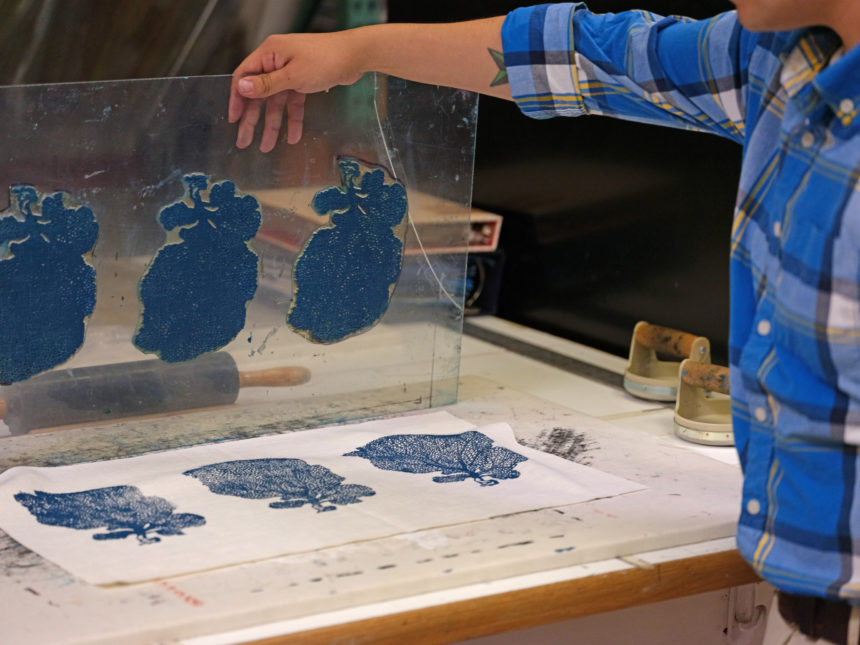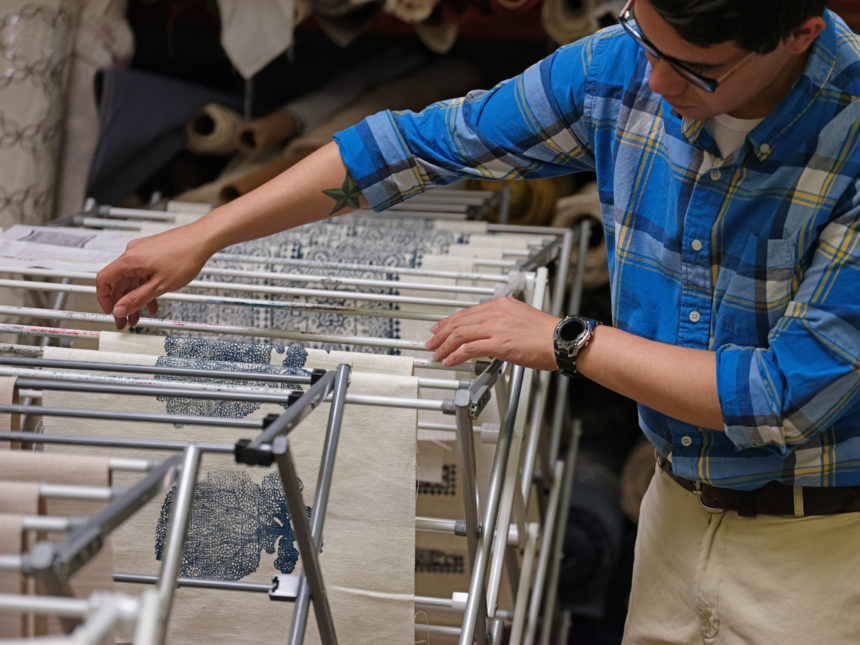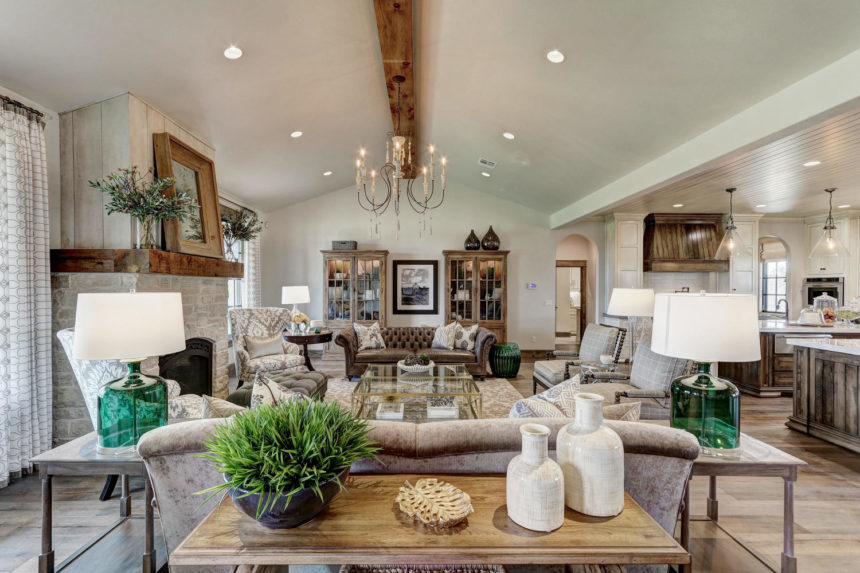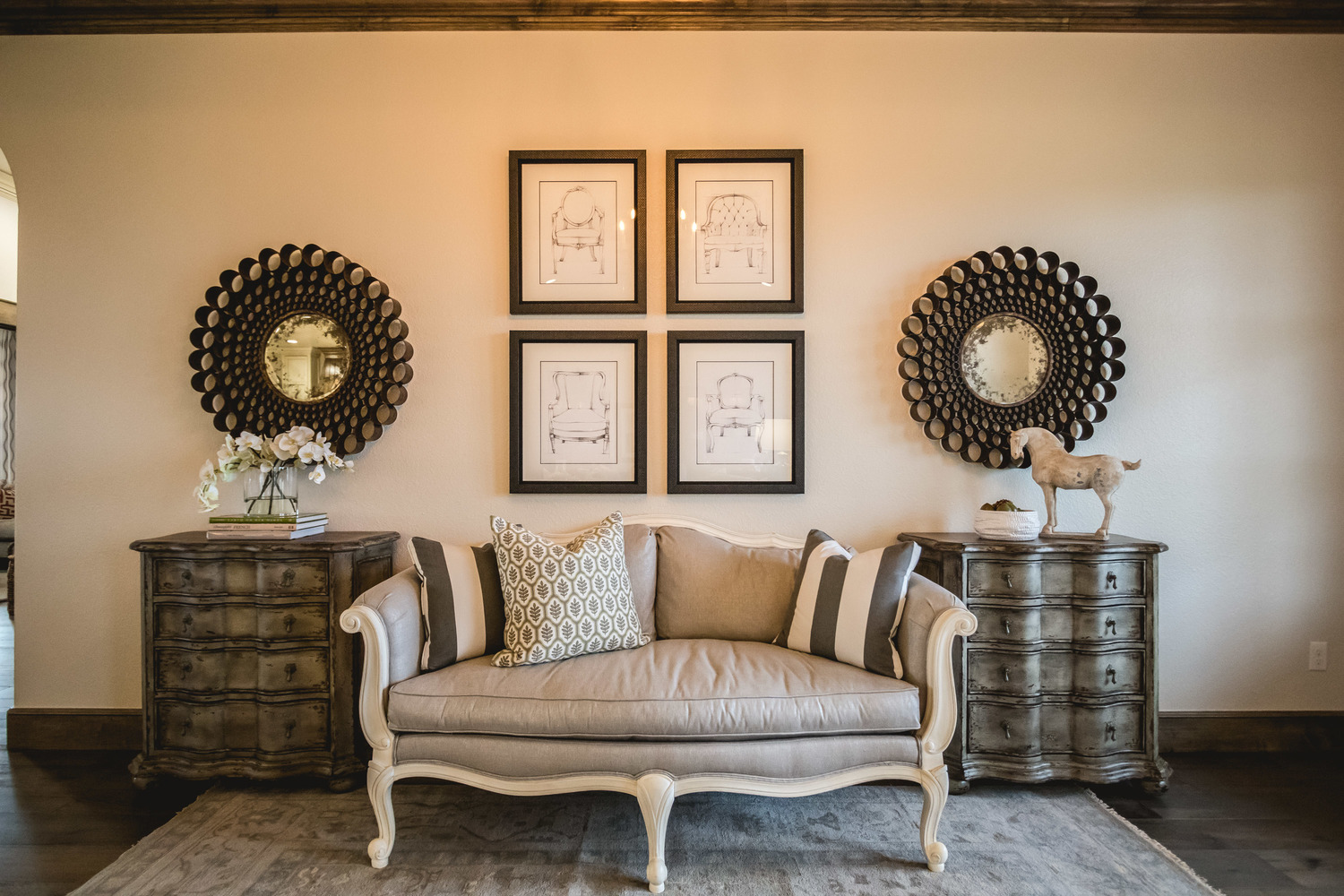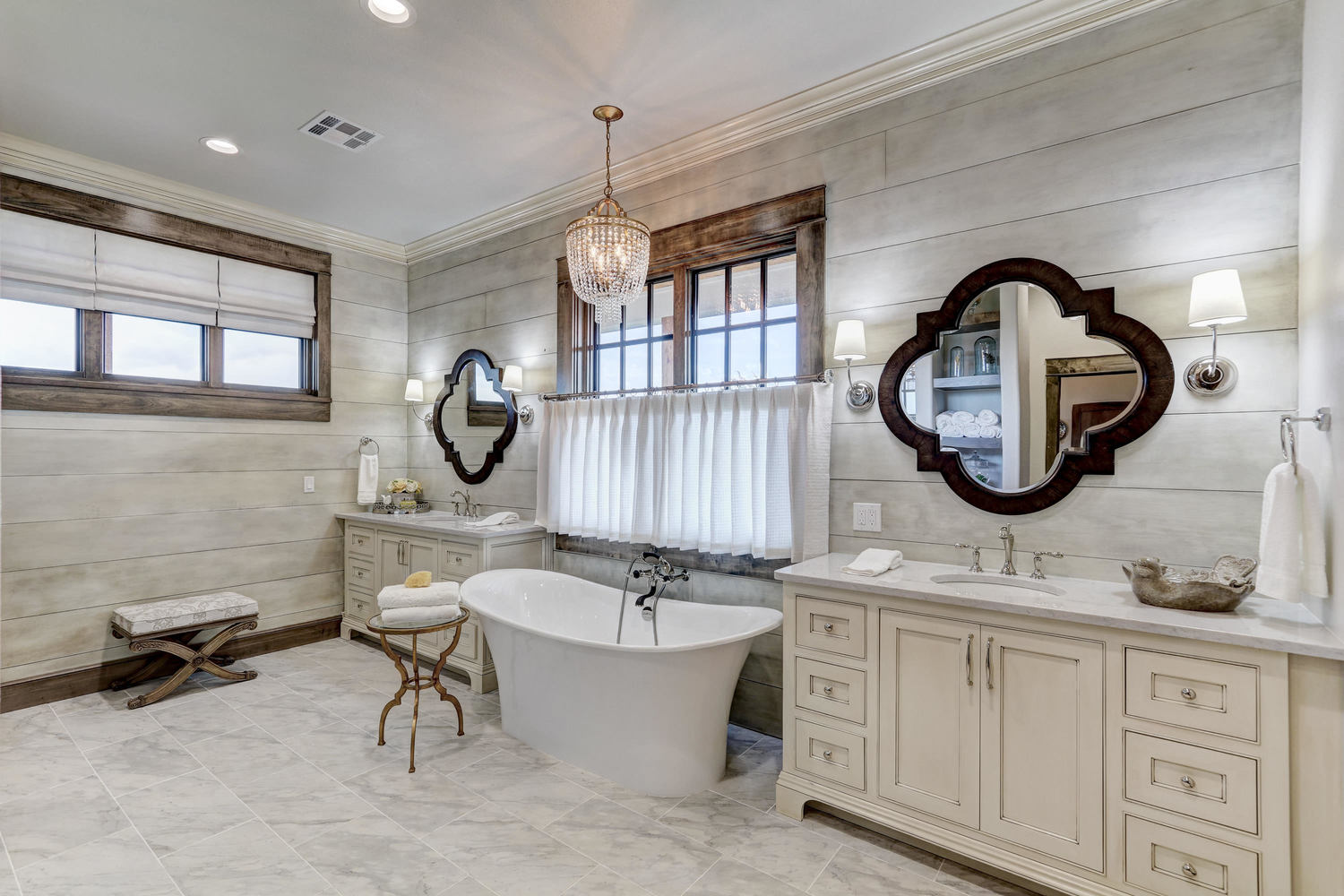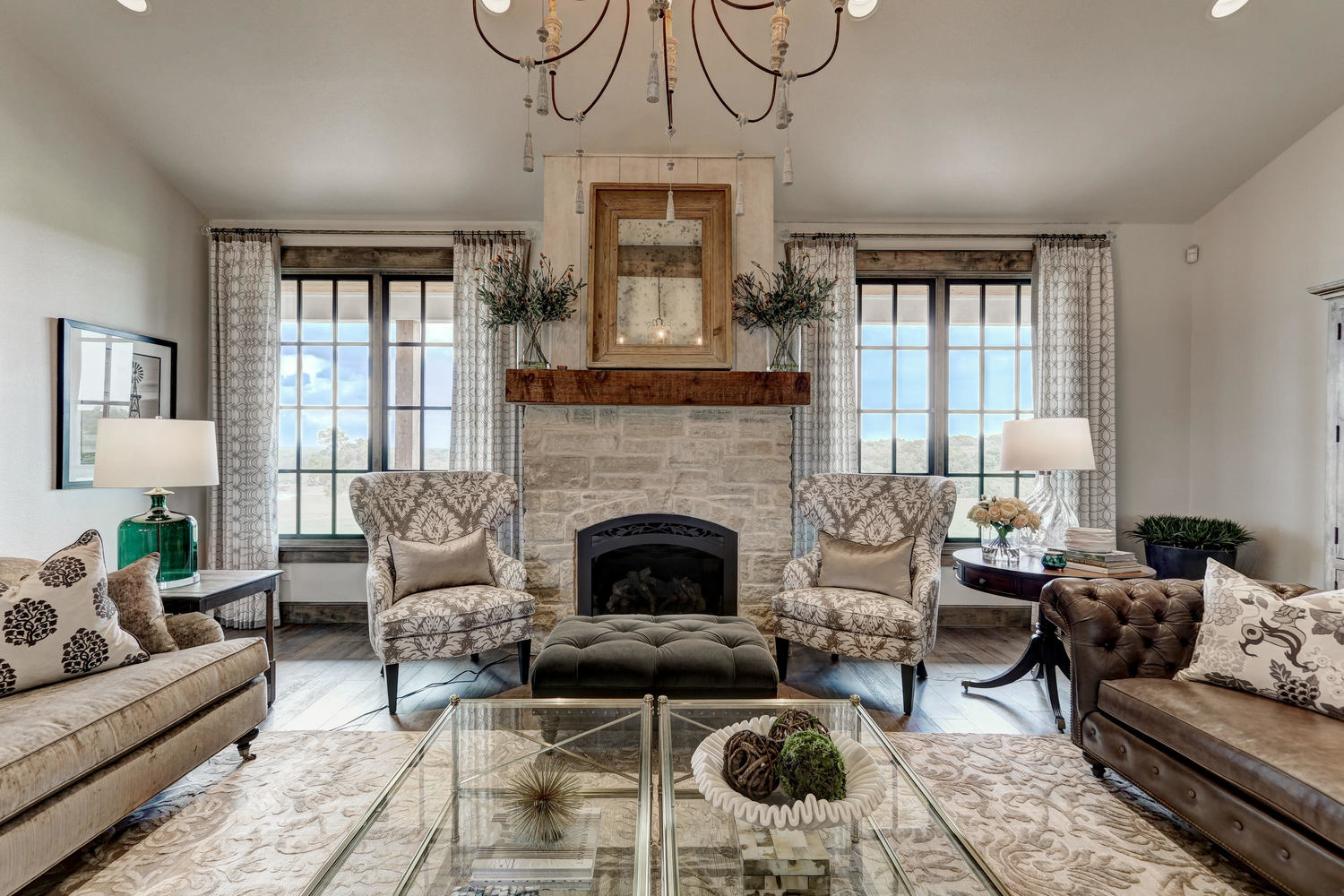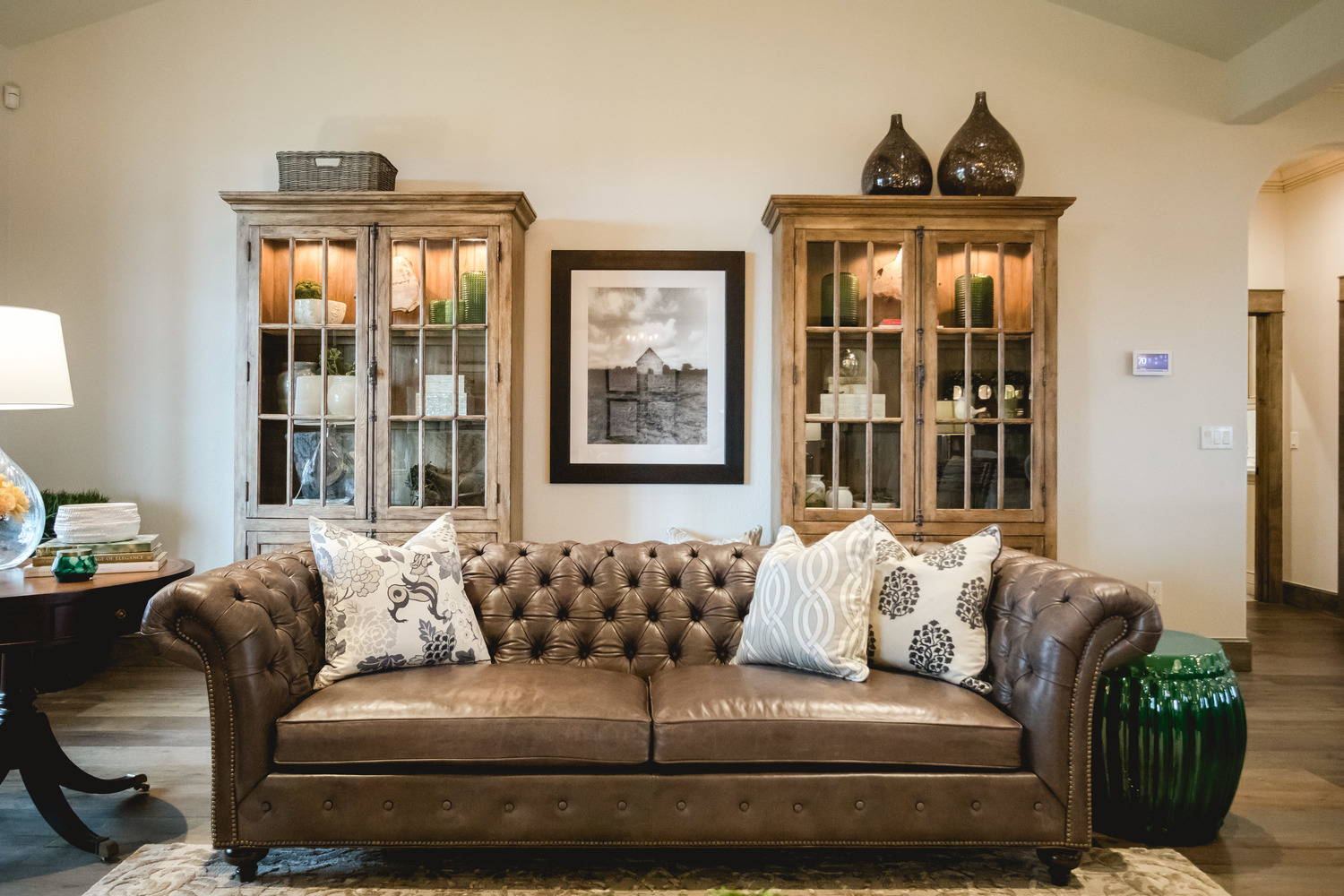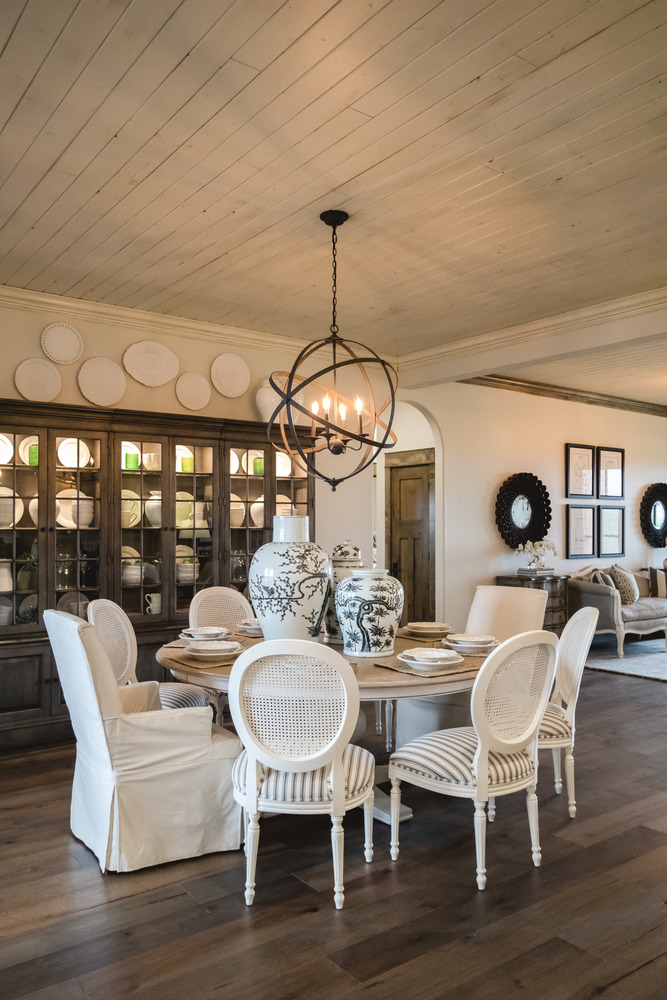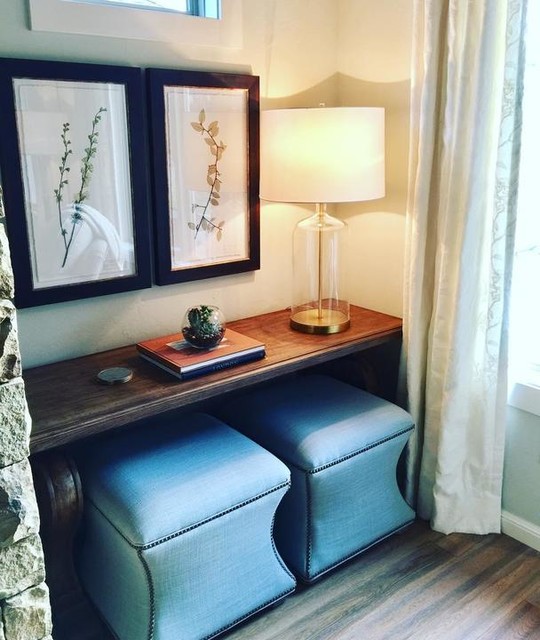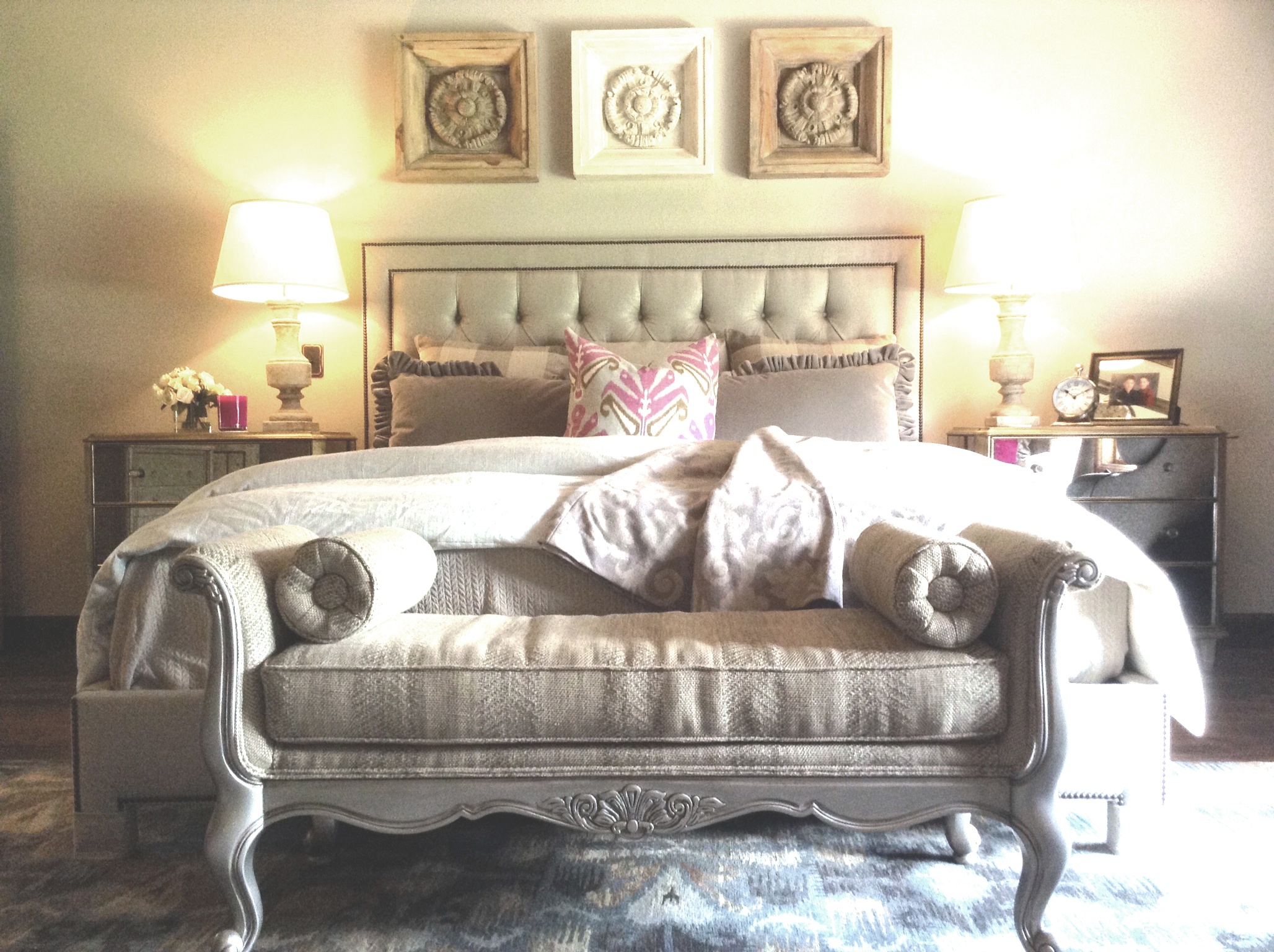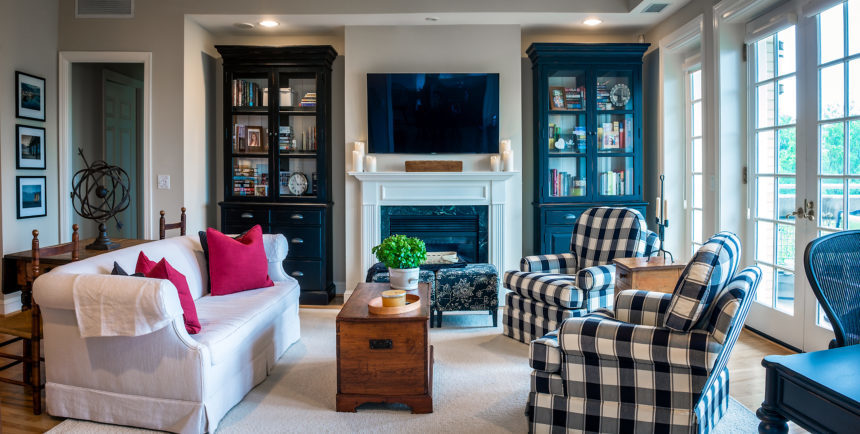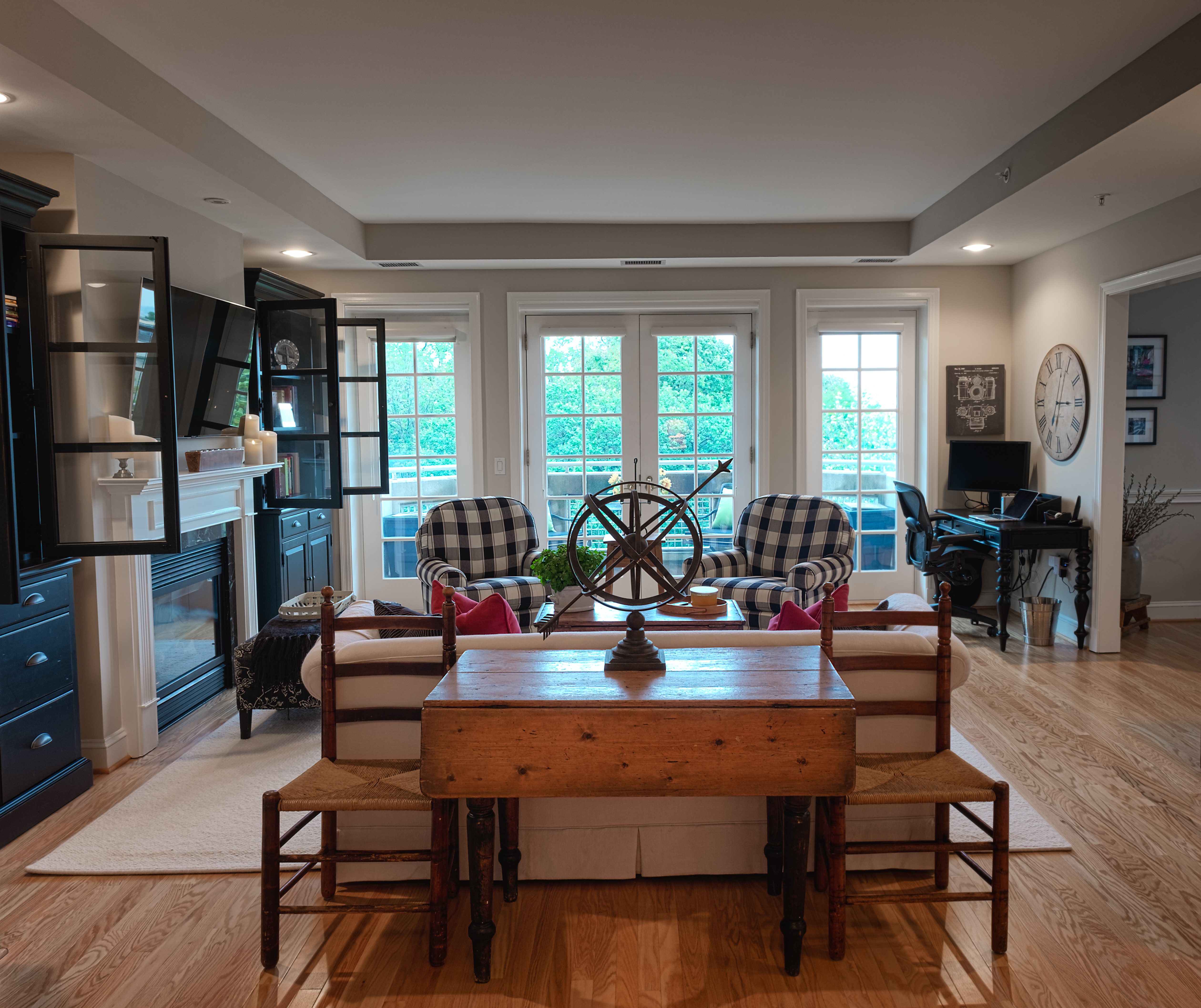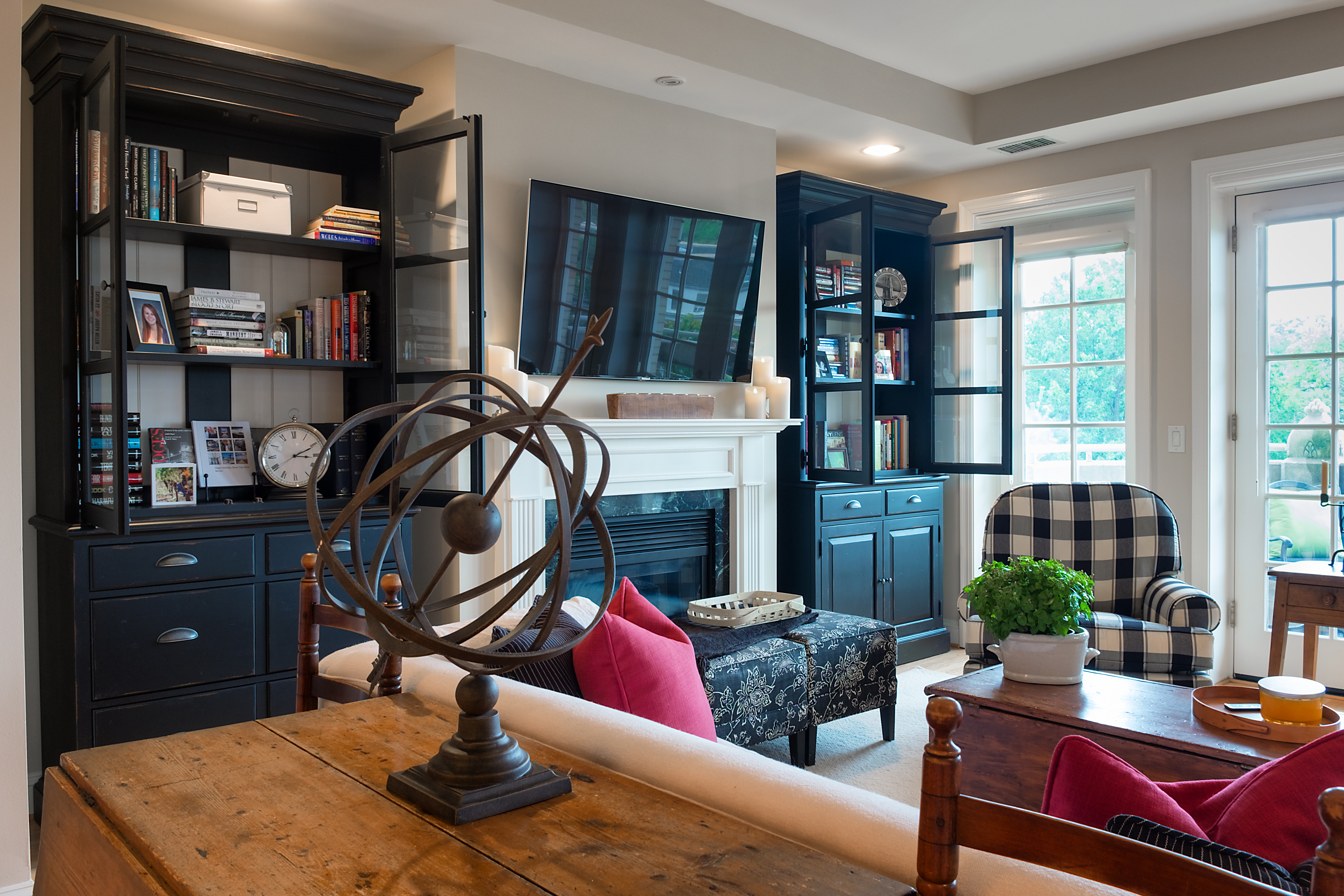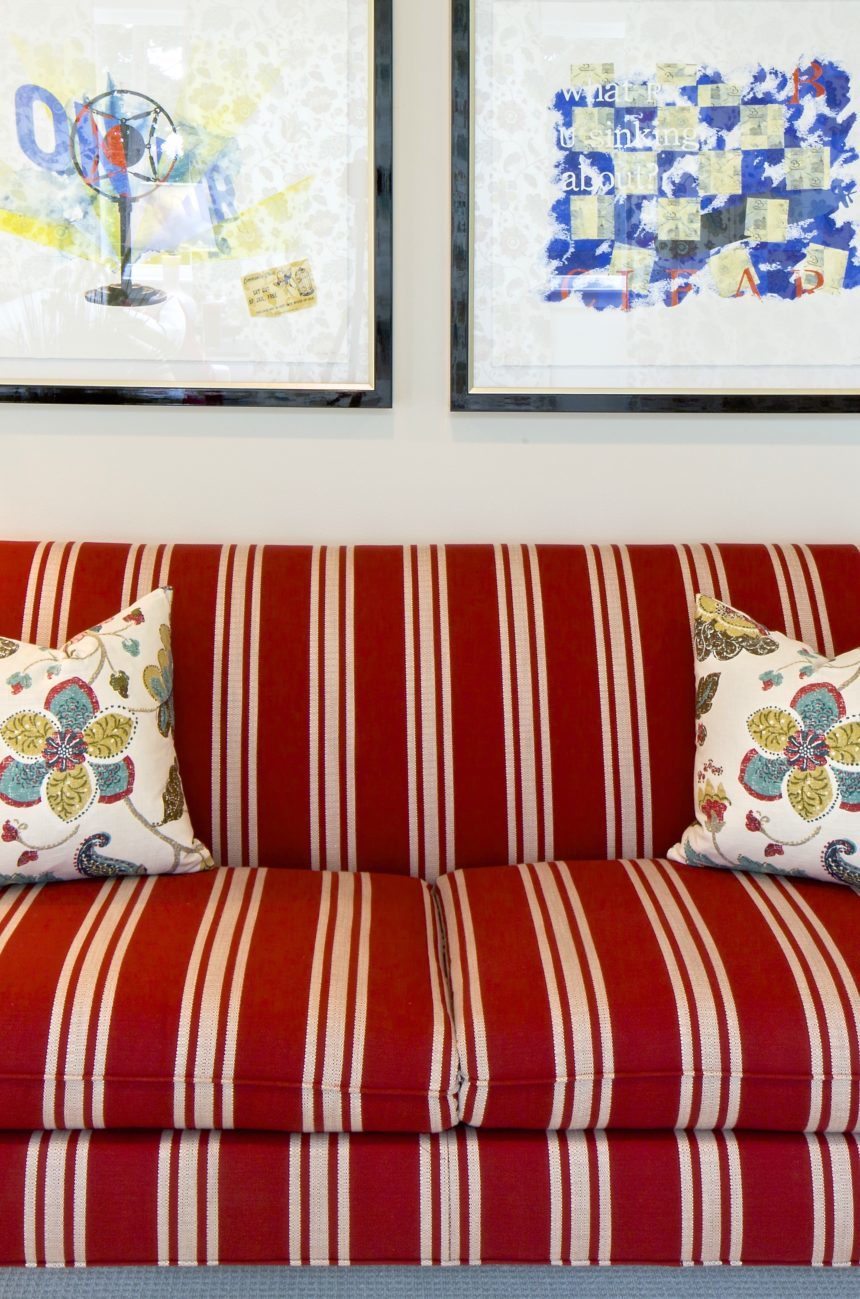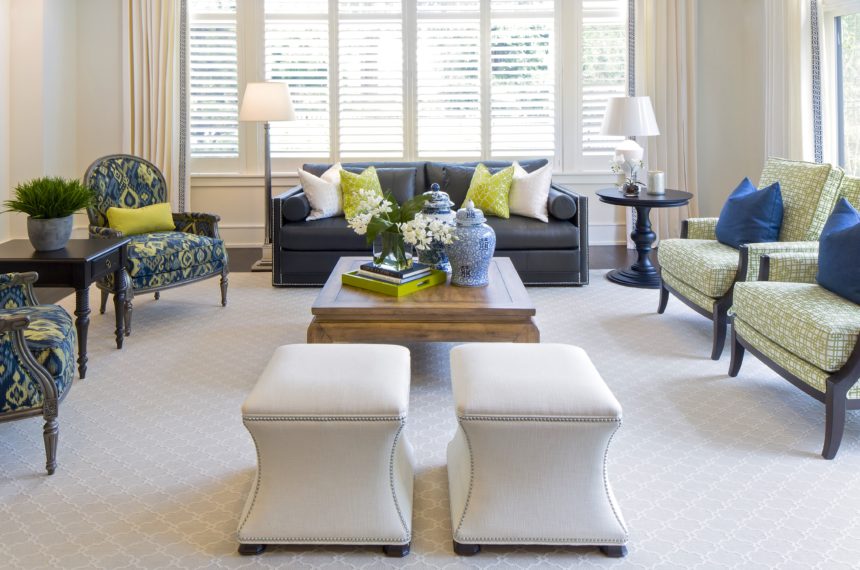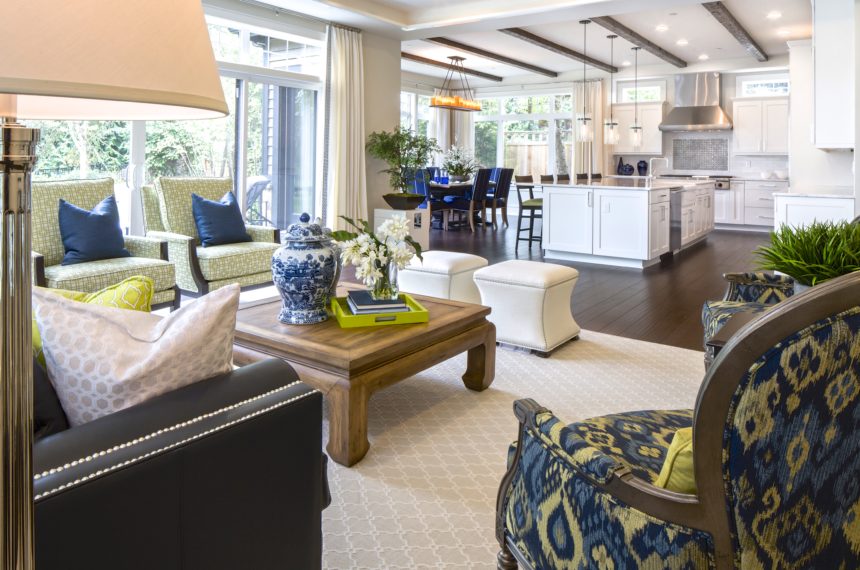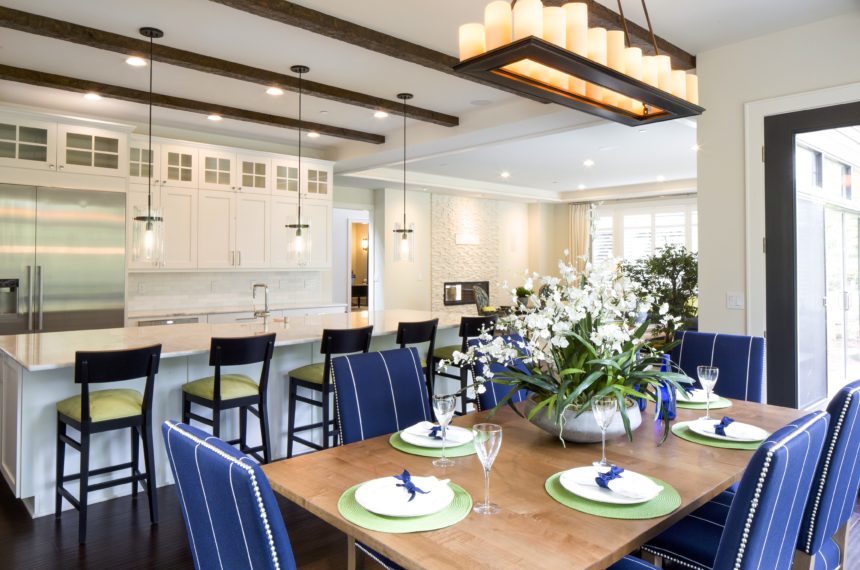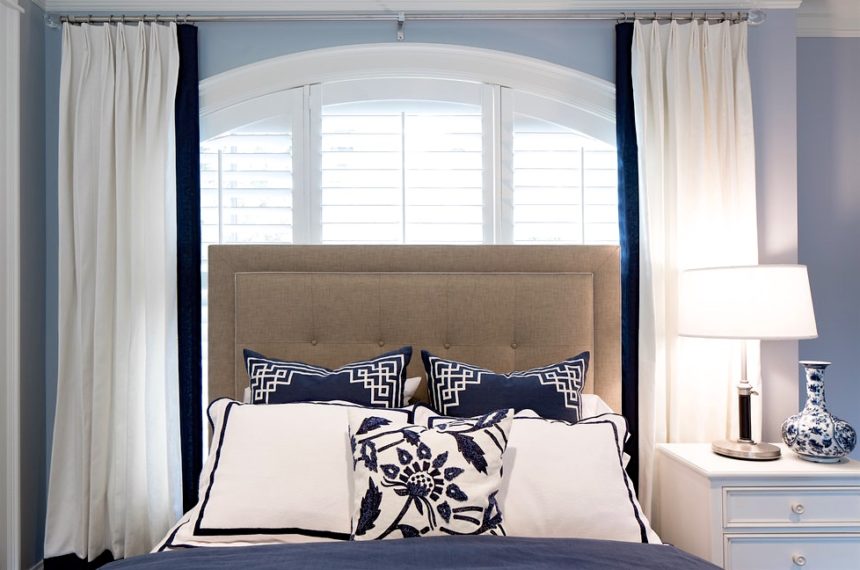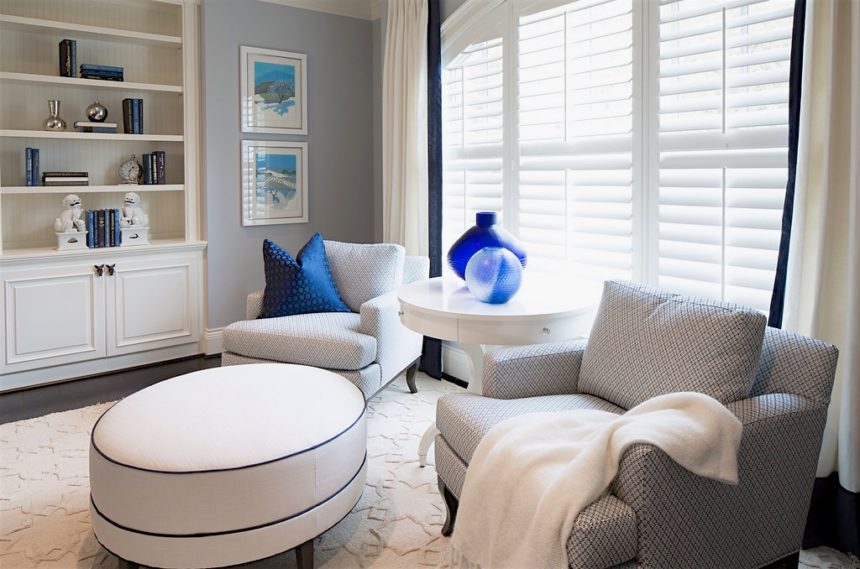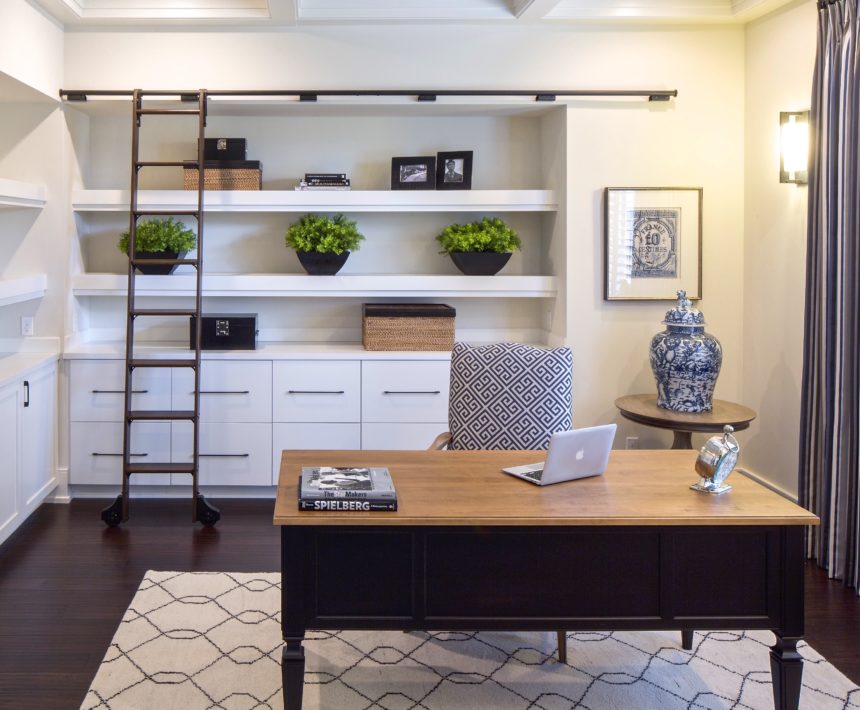The Power of Home Fragrance
It’s one of the first things you notice when you enter a room. It evokes memories: a grandmother’s cooking, a mother’s embrace, a day at the beach. It’s powerful enough to stir emotions and yet often overlooked when designing a room.
Fragrance.
A pleasing fragrance can soothe or energize; it can even suggest a completely different atmosphere (e.g., a candle with the fragrance of a mountain forest burning on a kitchen table in Manhattan). Because everyone experiences scent differently, it’s a good idea to choose more complex scents so each person can detect their favorite note. The best fragrances achieve a perfect balance of top, middle, and bottom notes.
- The top note is the first thing you detect when taking the lid off a candle or opening a jar of essential oils. Good top notes suggest freshness: citrus, herbs, a touch of ginger.
- The middle note usually emerges about fifteen minutes after a candle is lit. The middle notes give a fragrance its personality, whether it’s a fruity, floral, or spicy note.
- The base note is the scent remaining in the room long after the candle has been extinguished. Woodsy, musky aromas add elegance and depth and often work well in this layer.
When we design fragrances at Ethan Allen, we draw from five categories of scents and present them in varying sizes of candles, each with a minimum burn time of 40 hours. We also create diffusers, in which reeds are immersed in scented oil to soak up fragrance and disperse it throughout the room. Diffusers last until all the oil has evaporated and are easily refreshed by adding more oil.
- Floral. Morning Blossom blends an initial top note of citrus with a heart of jasmine and violet over base notes of patchouli and vanilla.
- Ozonic or spa. The freshness of coconut, the sweetness of honey, jasmine, and vanilla, and a hint of sandalwood make our Cashmere Petals fragrance unforgettable.
- Citrus. With Sparkling Citrus, we blend strong top notes of tangerine and citrus zest with jasmine middle tones and a base of white woods.
- Woodsy or smoky. In Hearthwood, a top note of orange blends with a heart of clove and heliotrope; the base note of warm spice lingers long after the candle has been blown out.
- Fruit. To keep a fragrance like Enchanted Apple from being too overpowering, we add notes of lilac, peach nectar, tonka bean, and oak moss.
Whatever your reason for selecting a home fragrance—setting a mood, creating an atmosphere—don’t forget to include your favorite fragrance in your final room design. It’s an invisible touch that makes all the difference.
